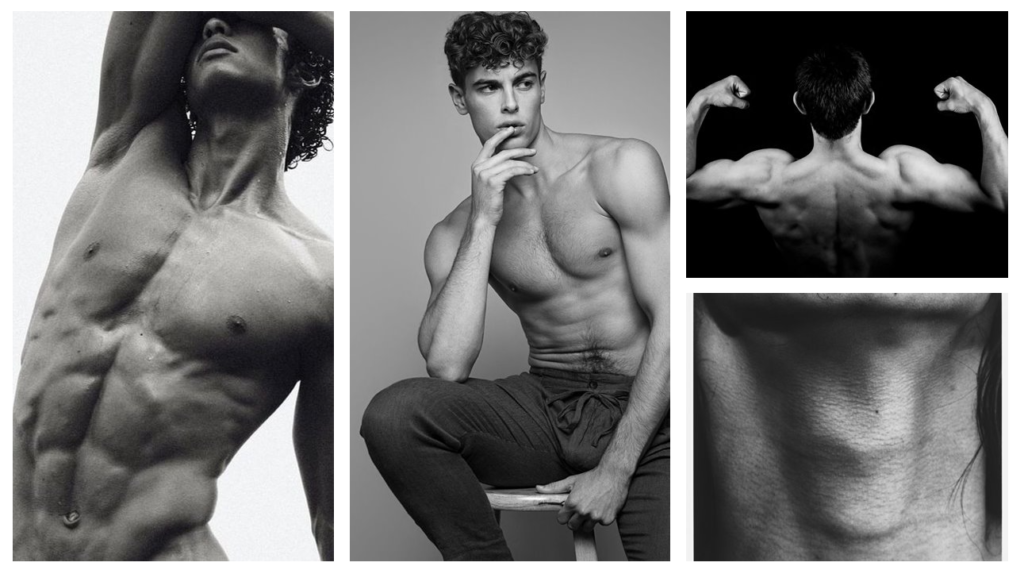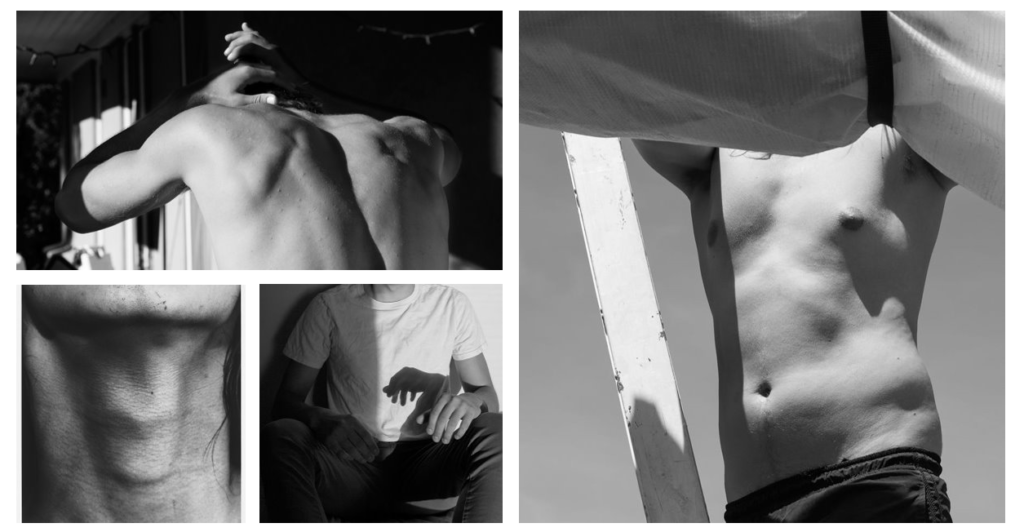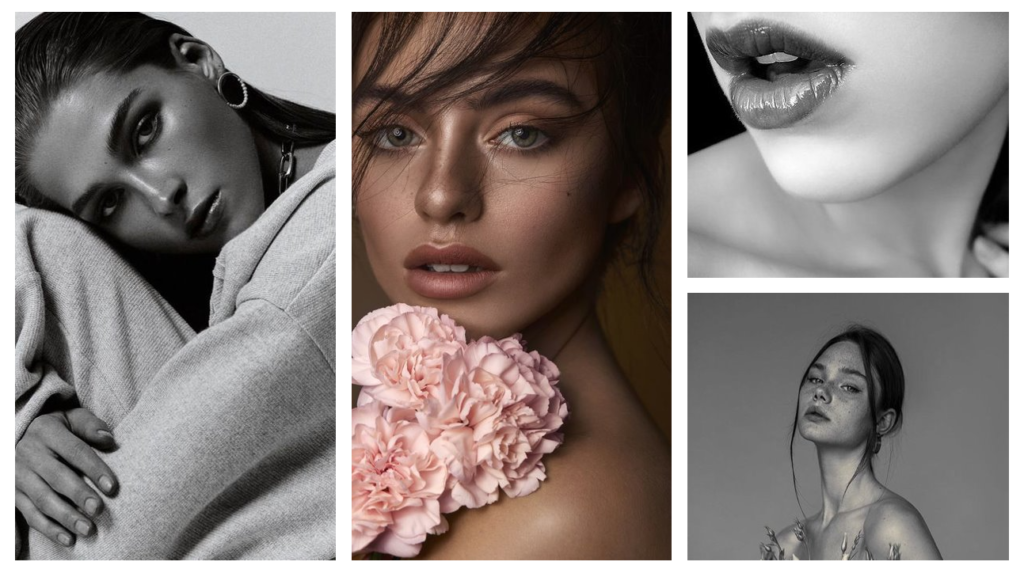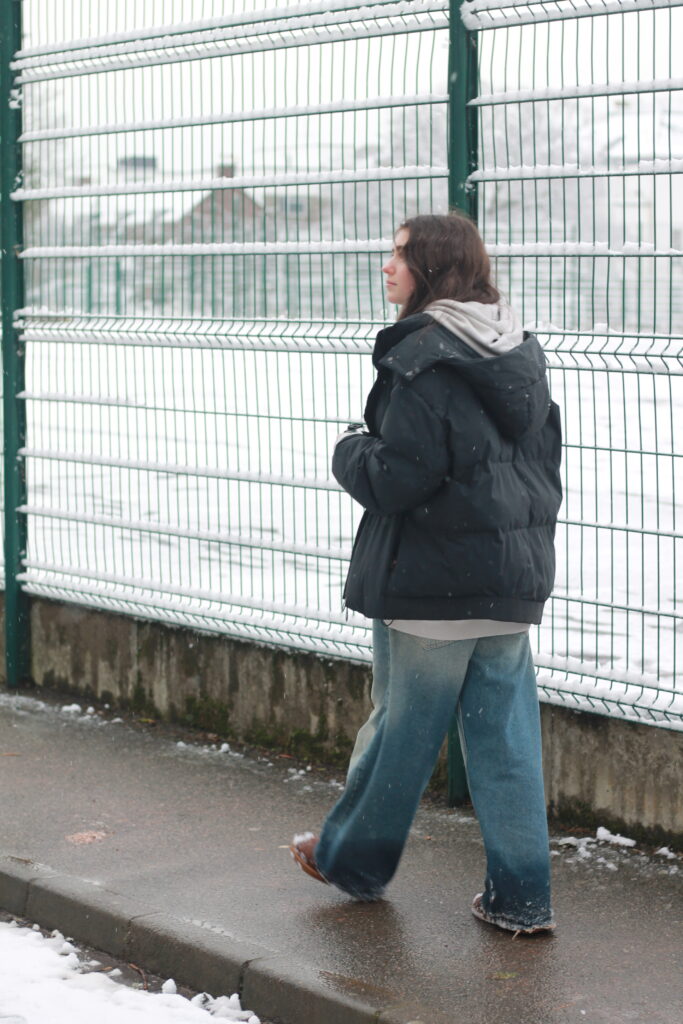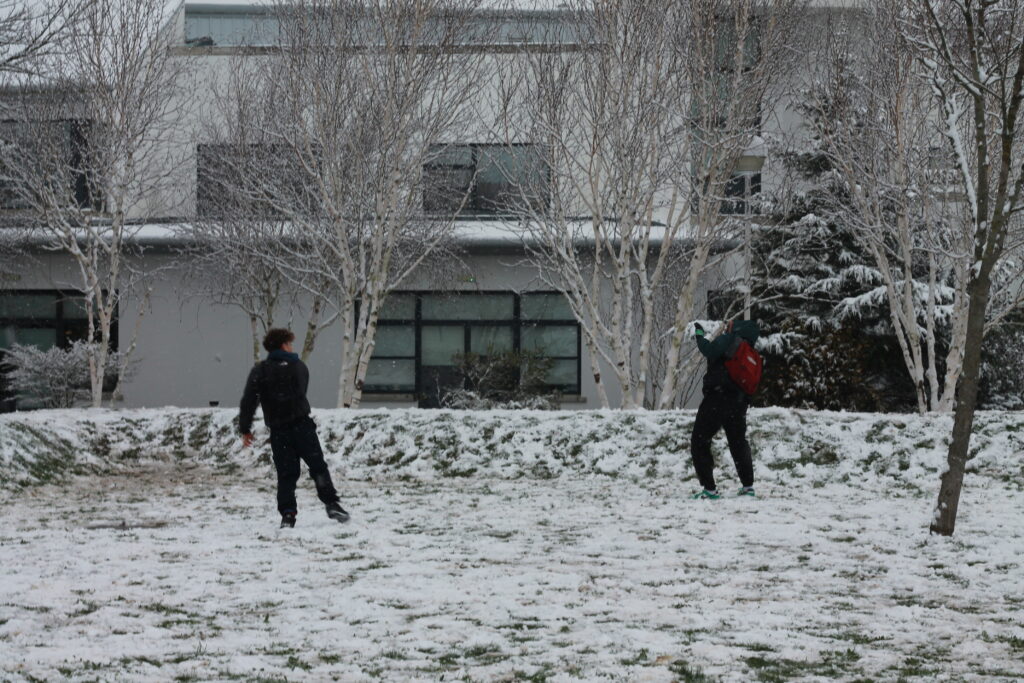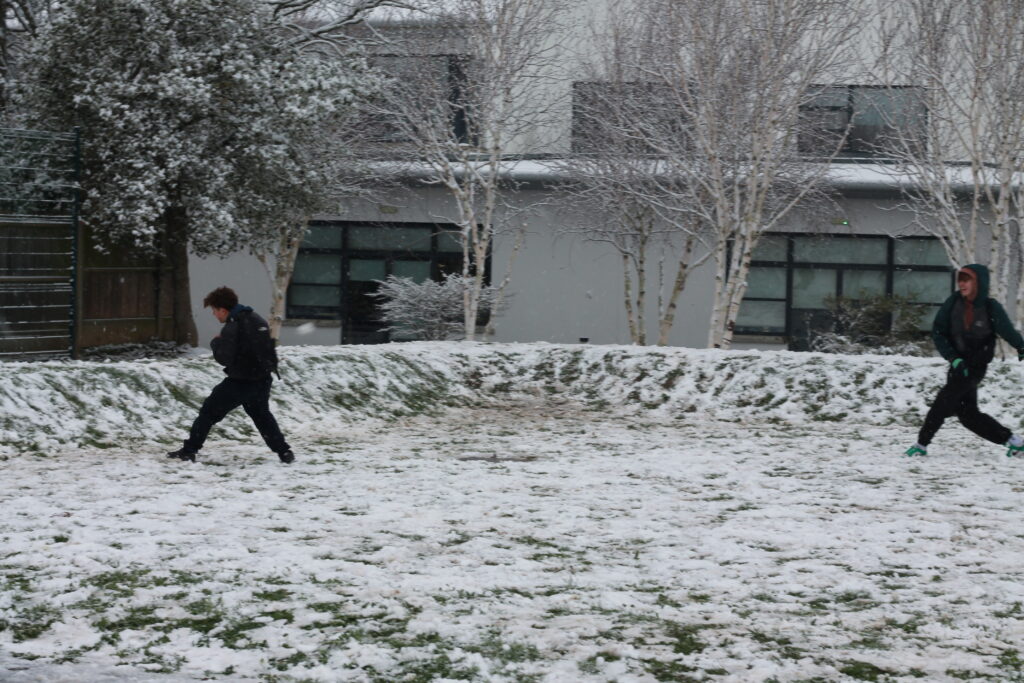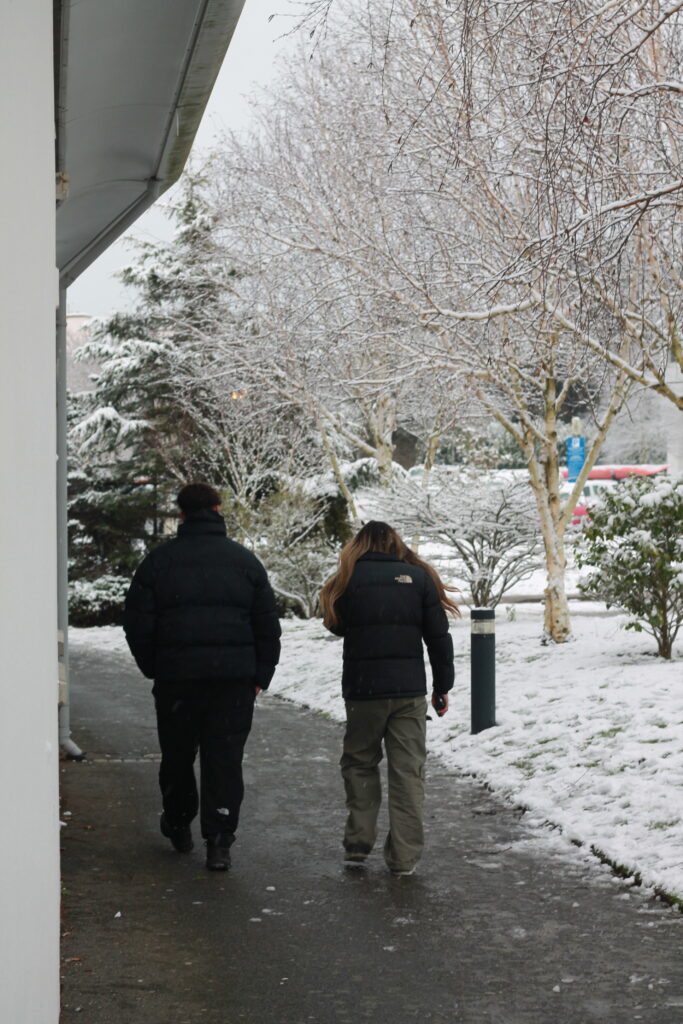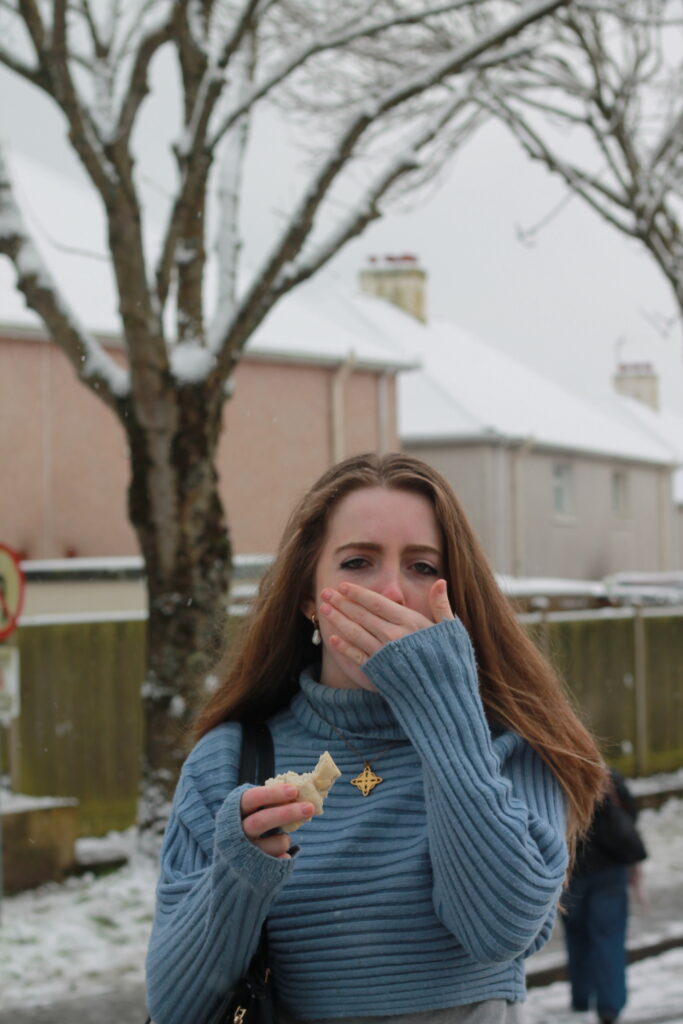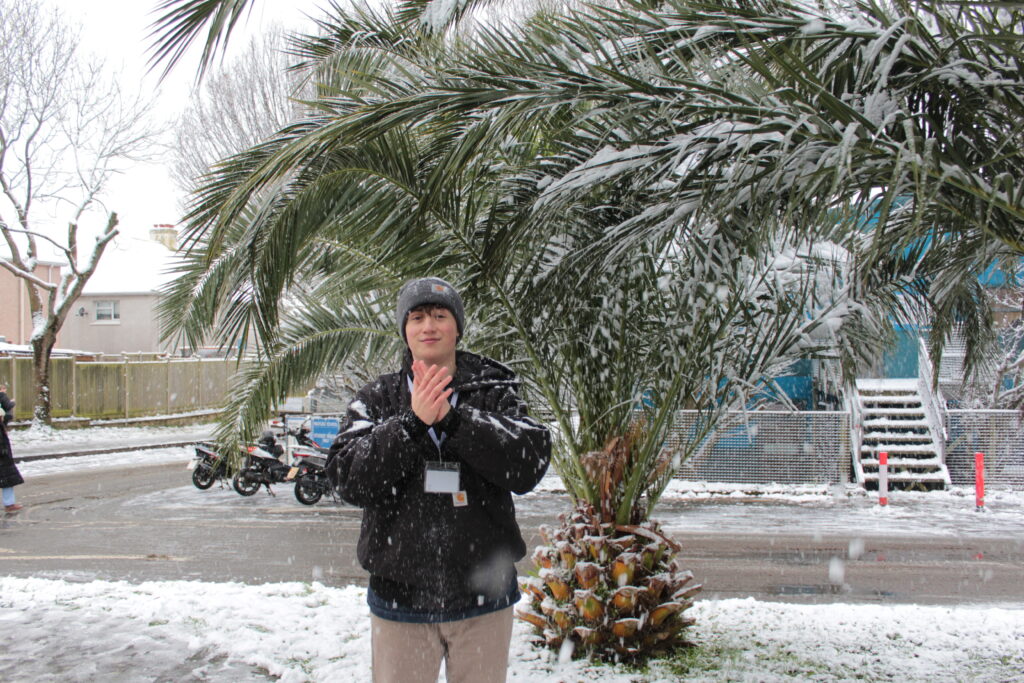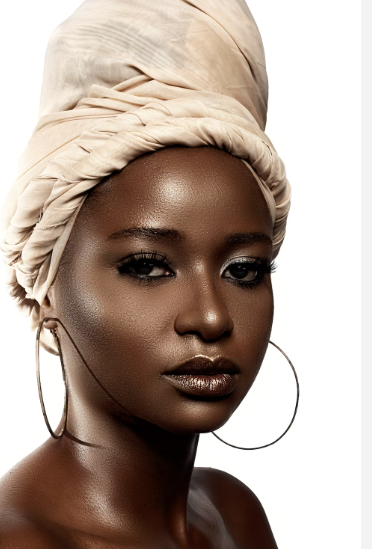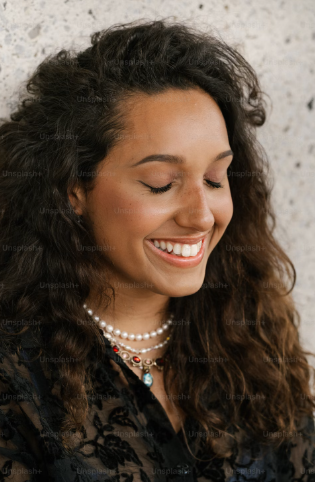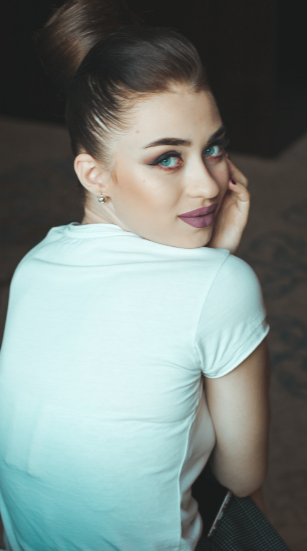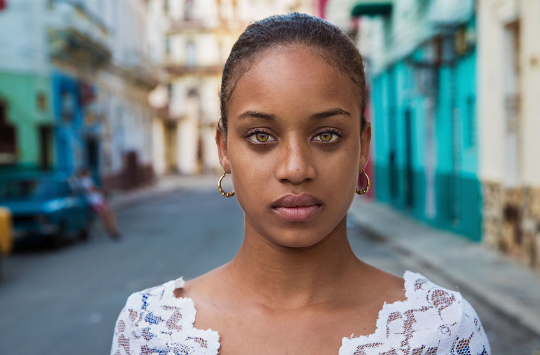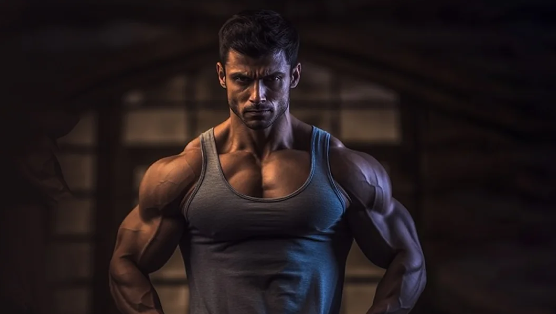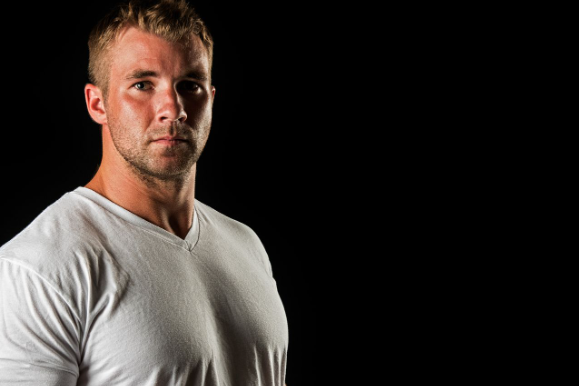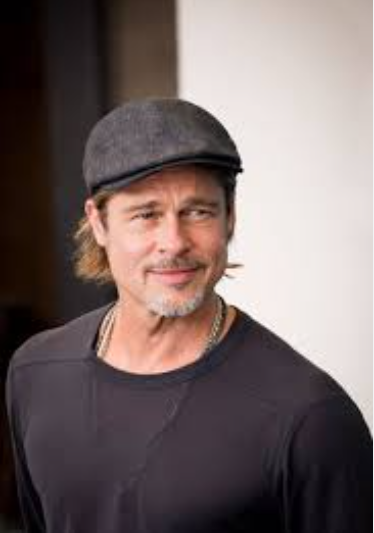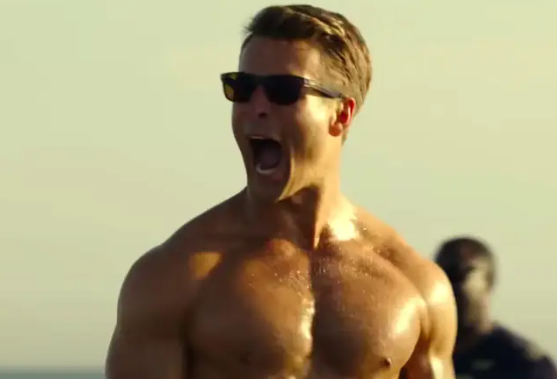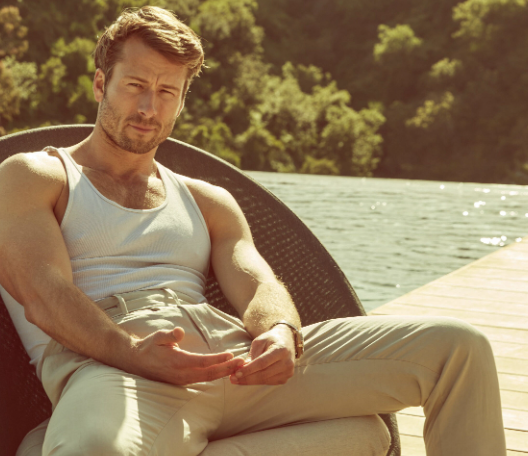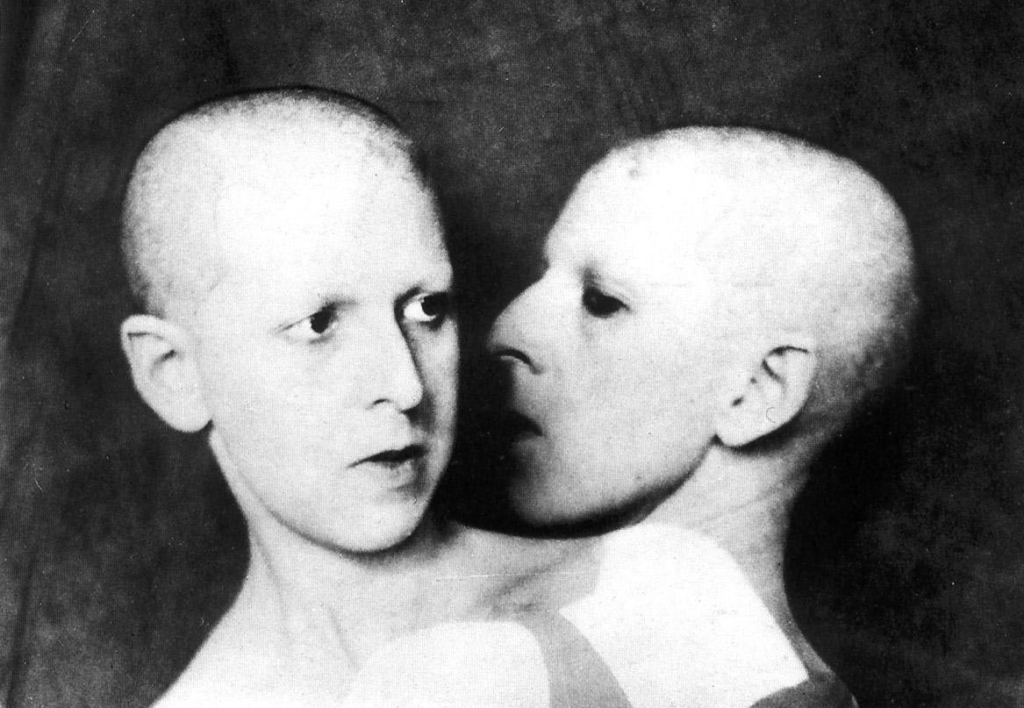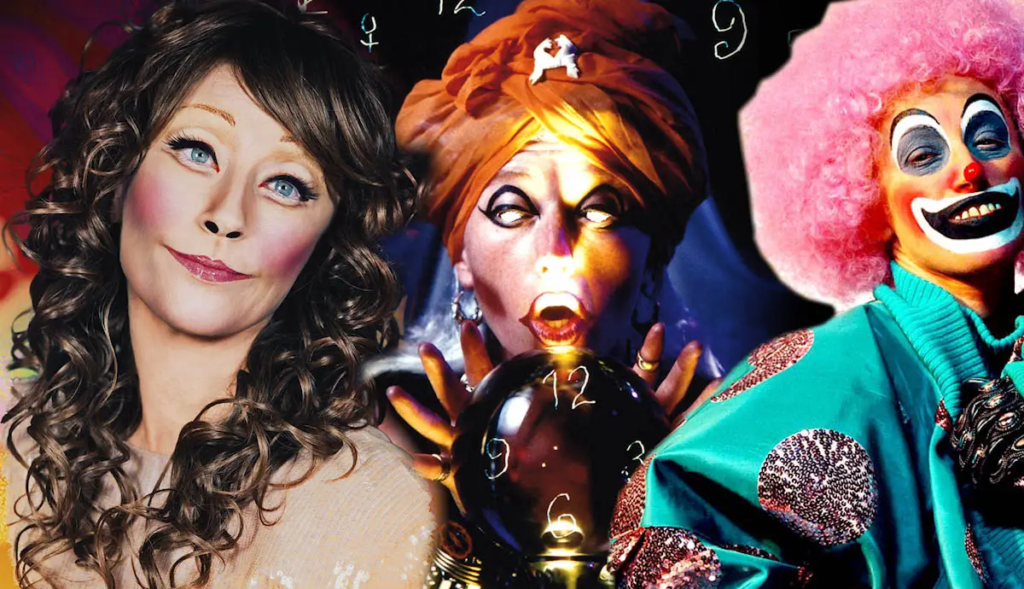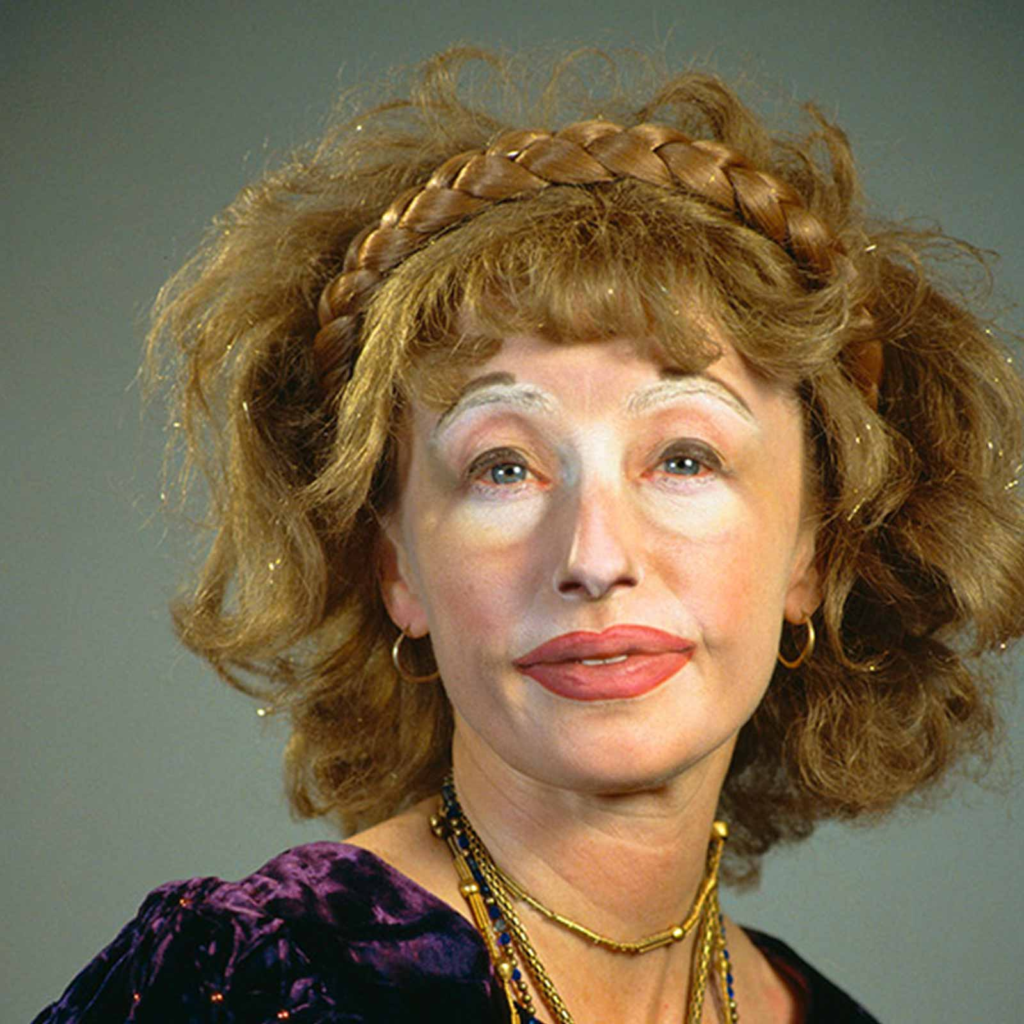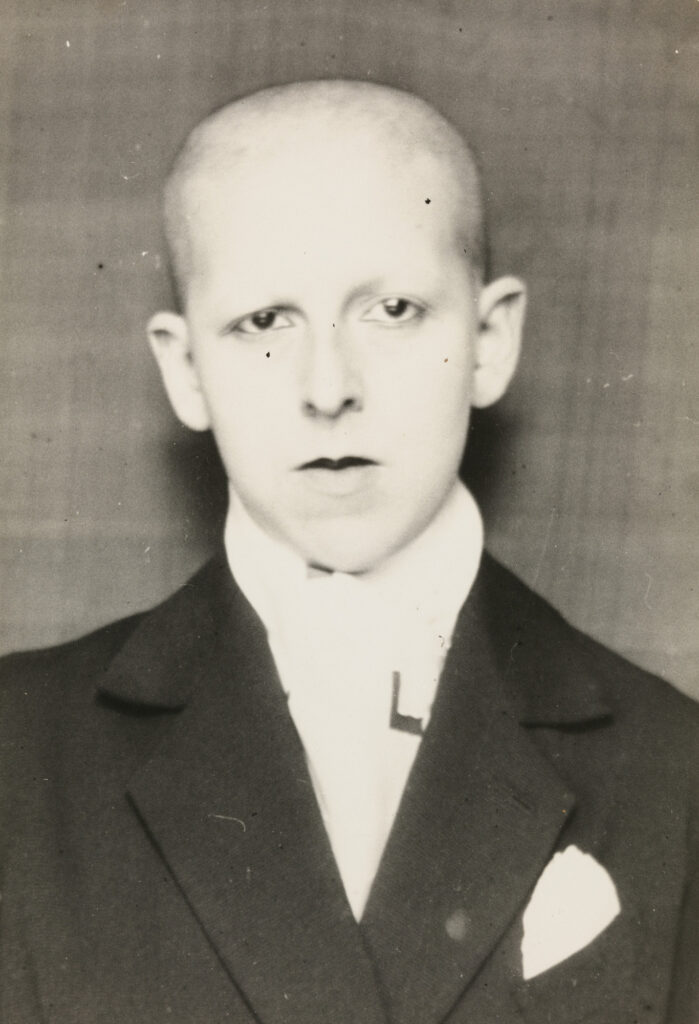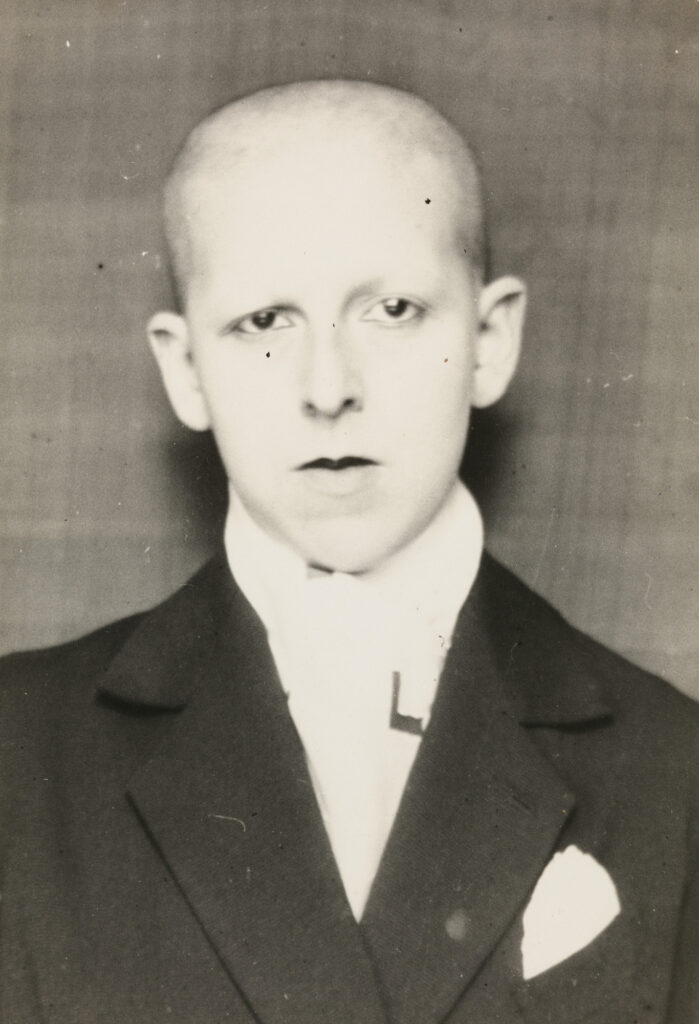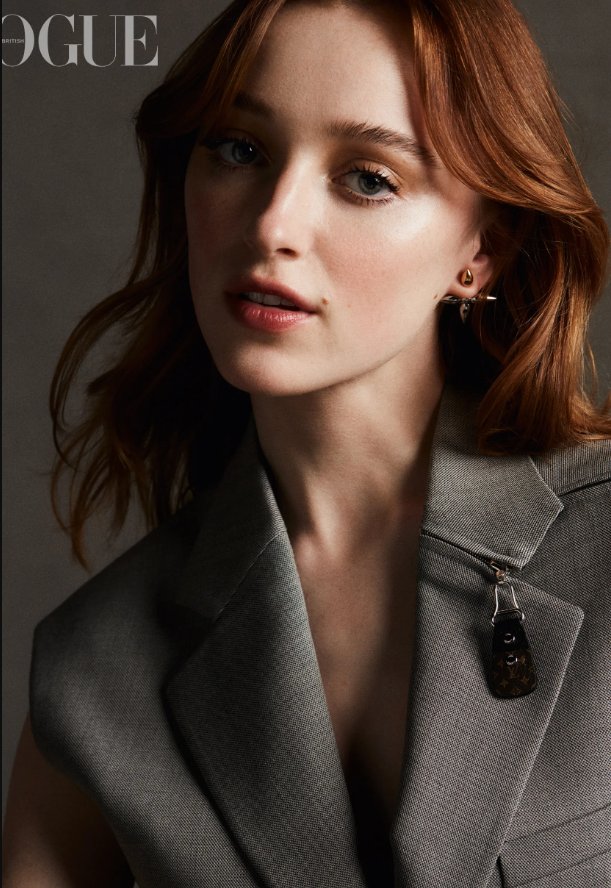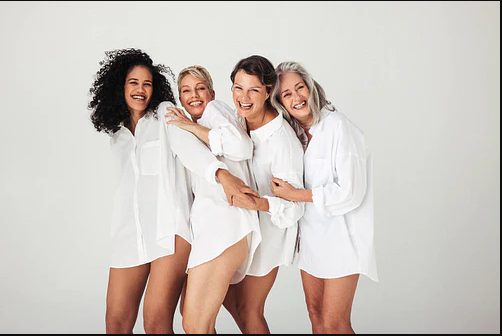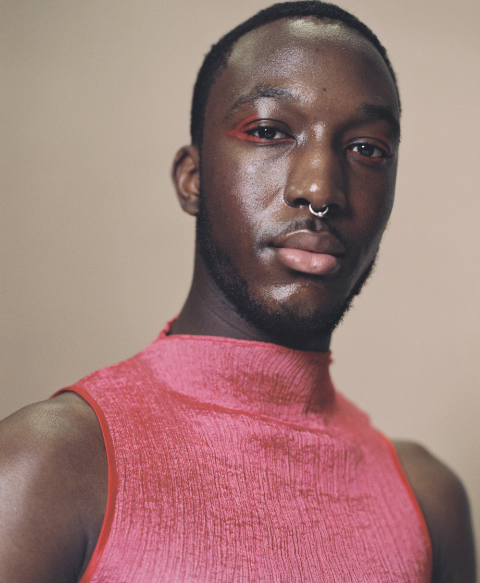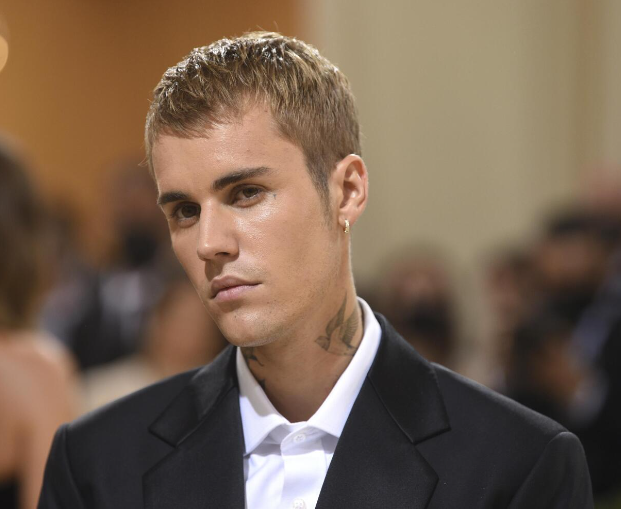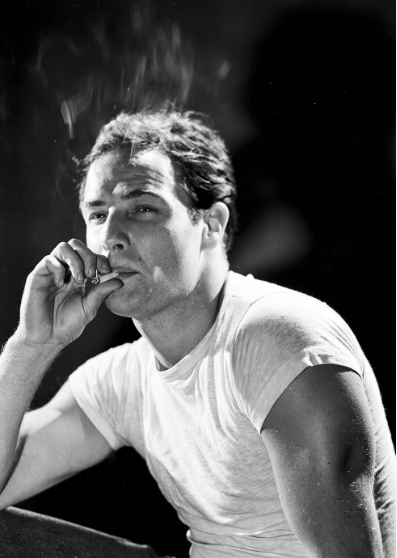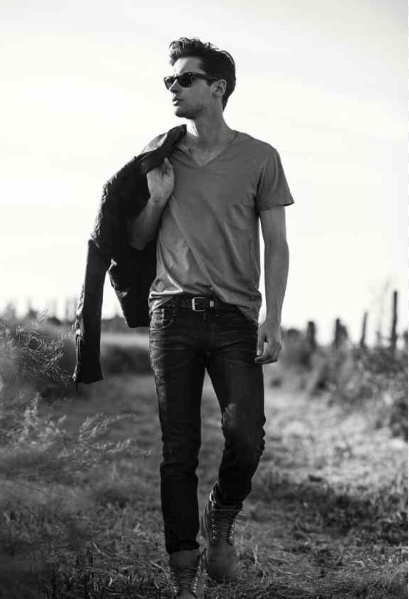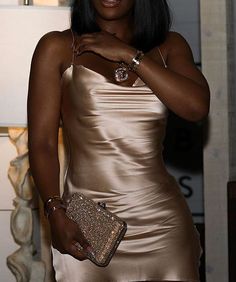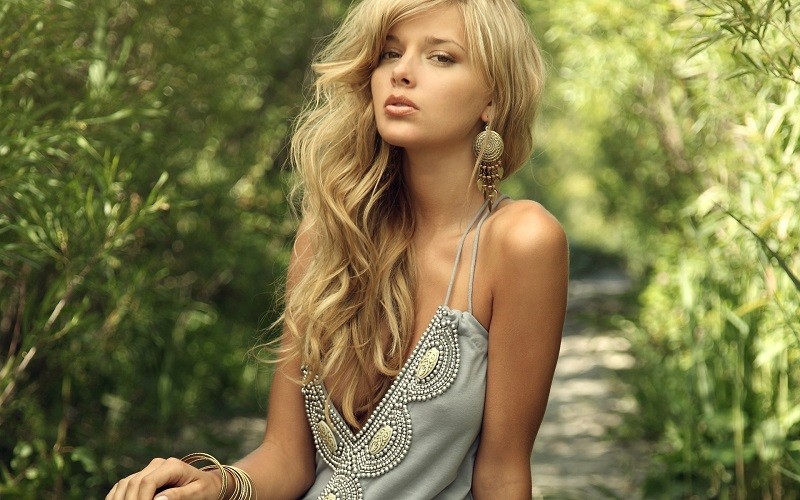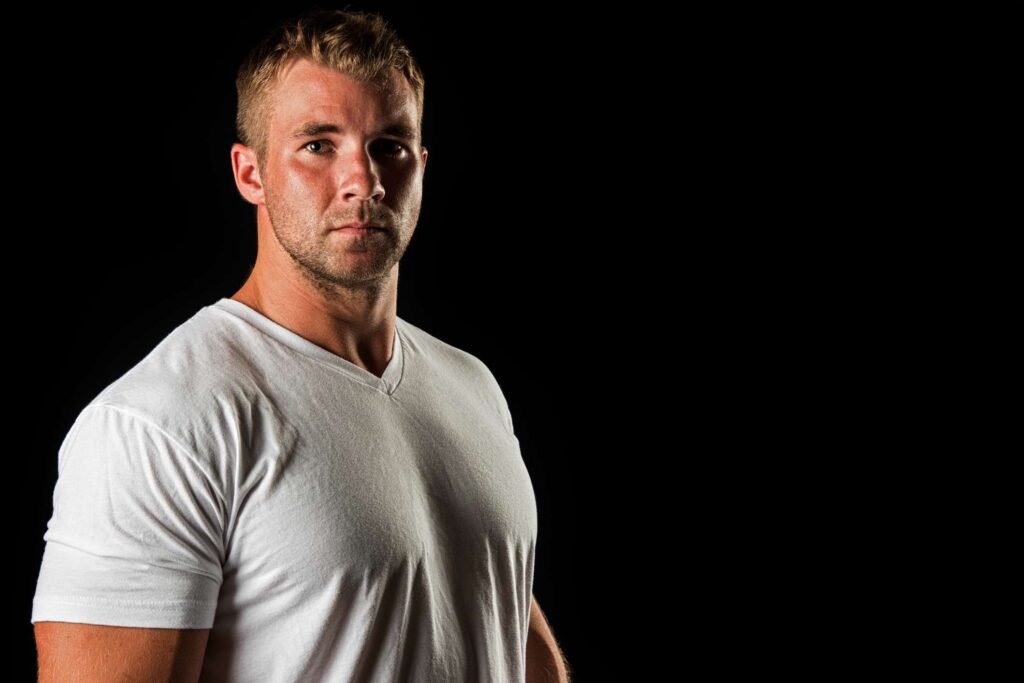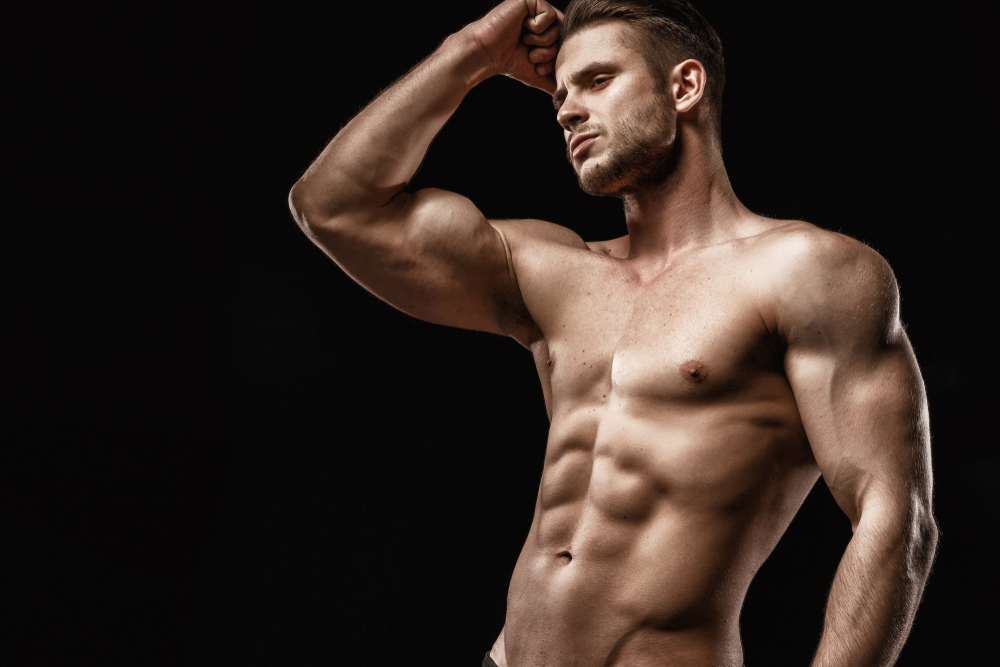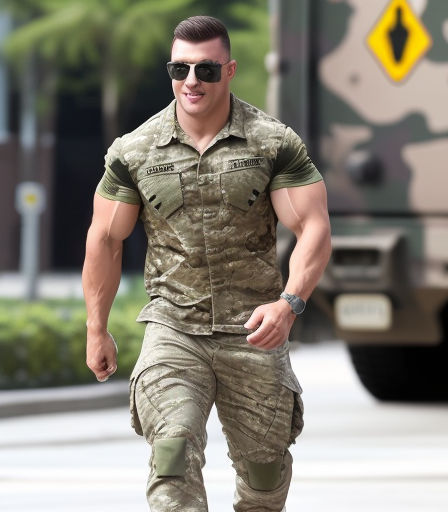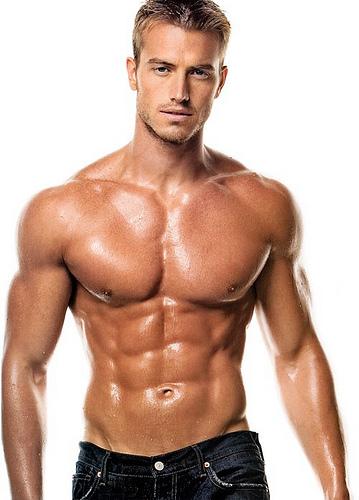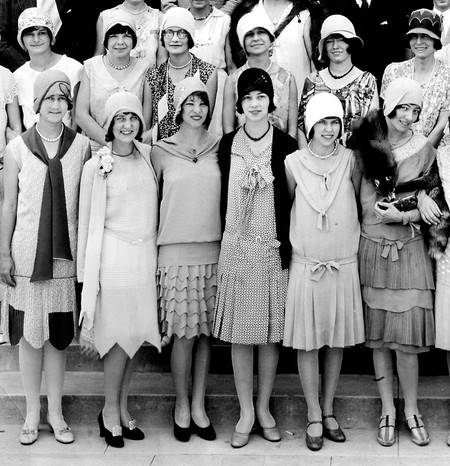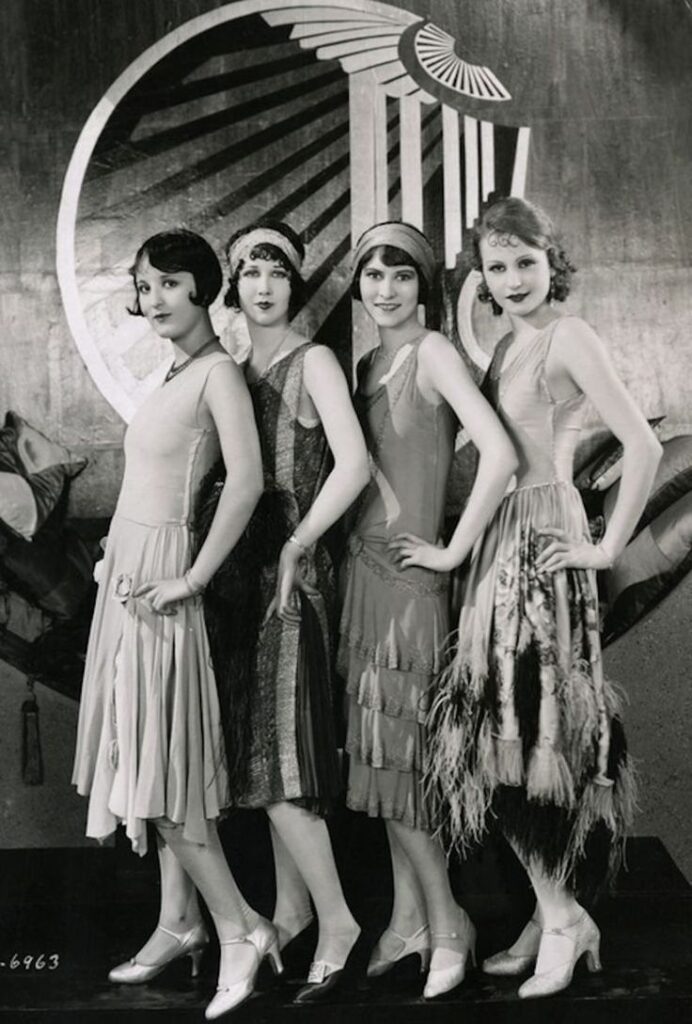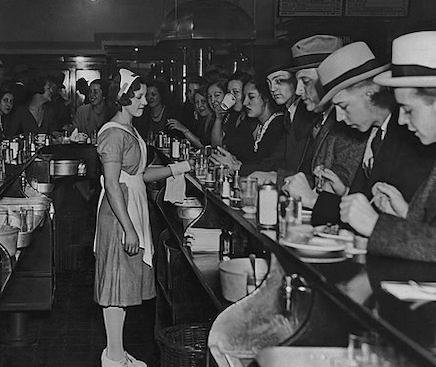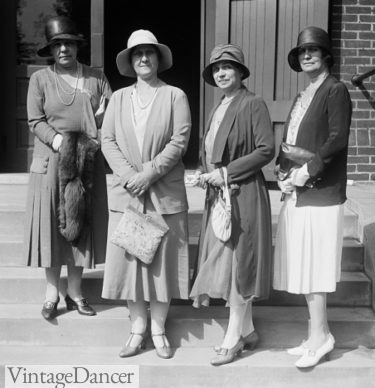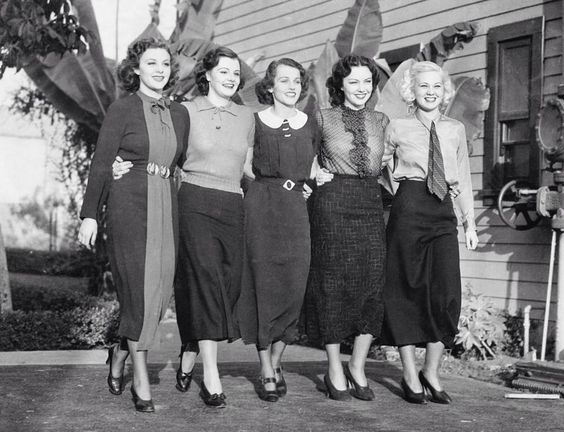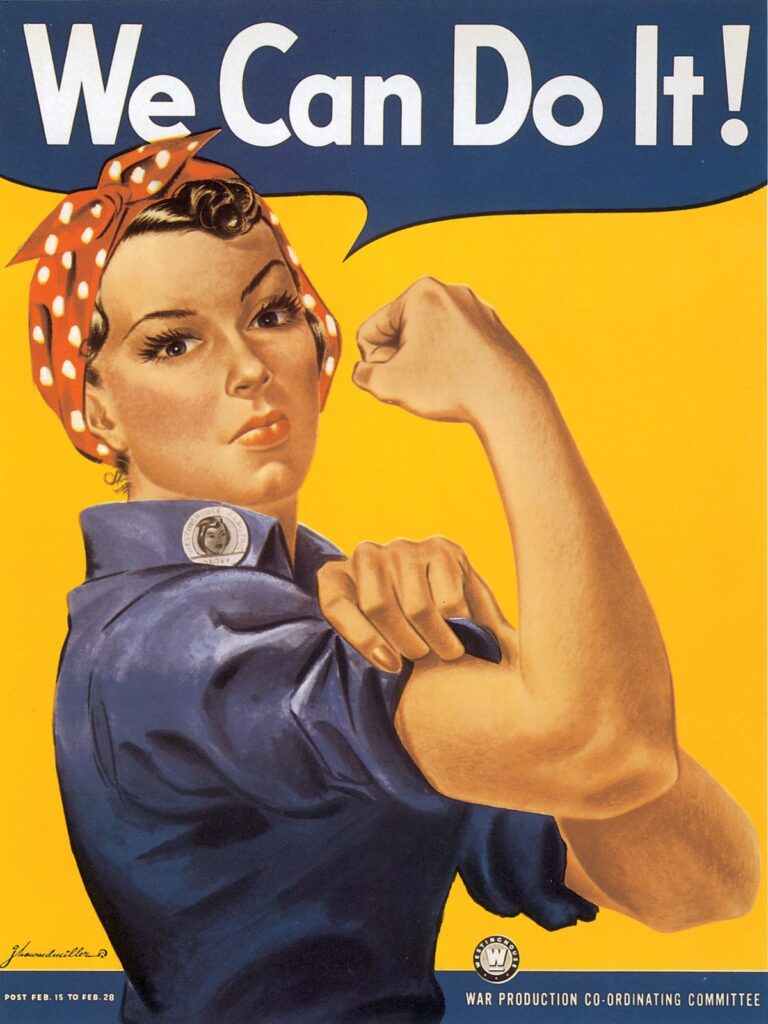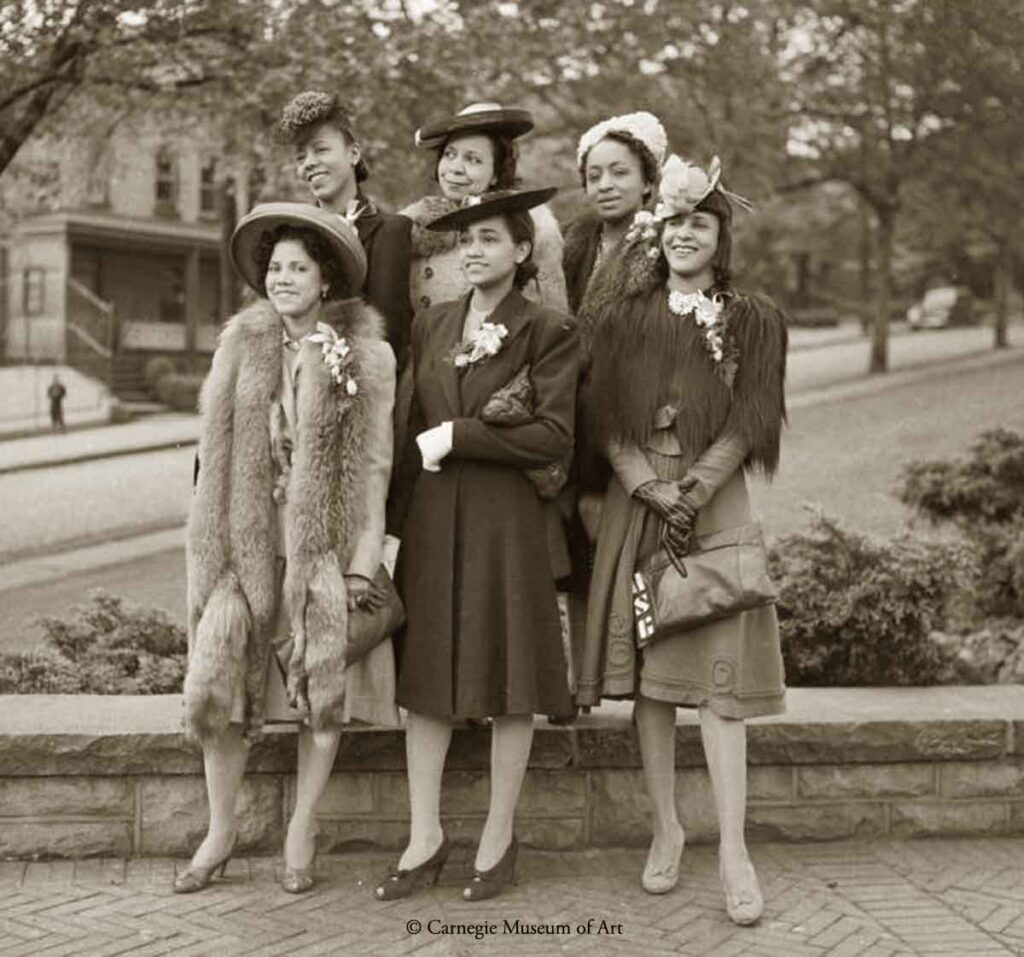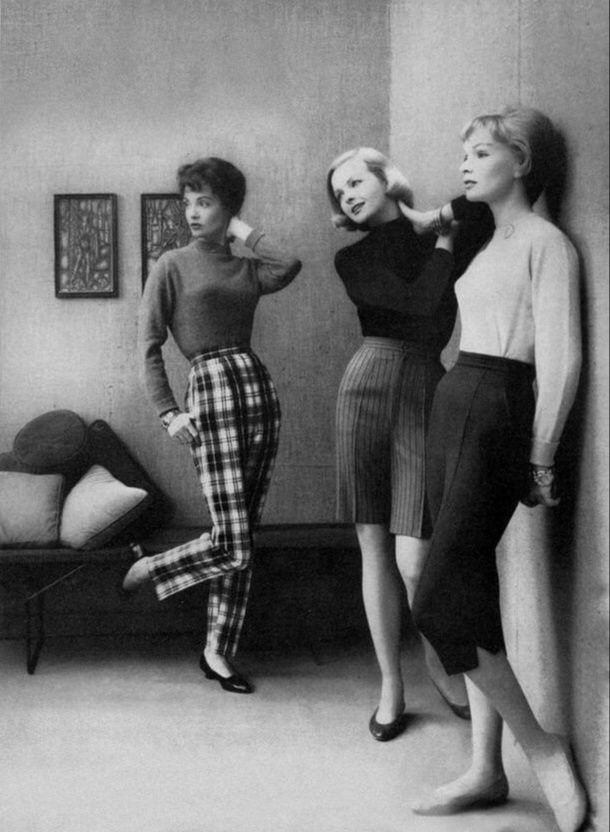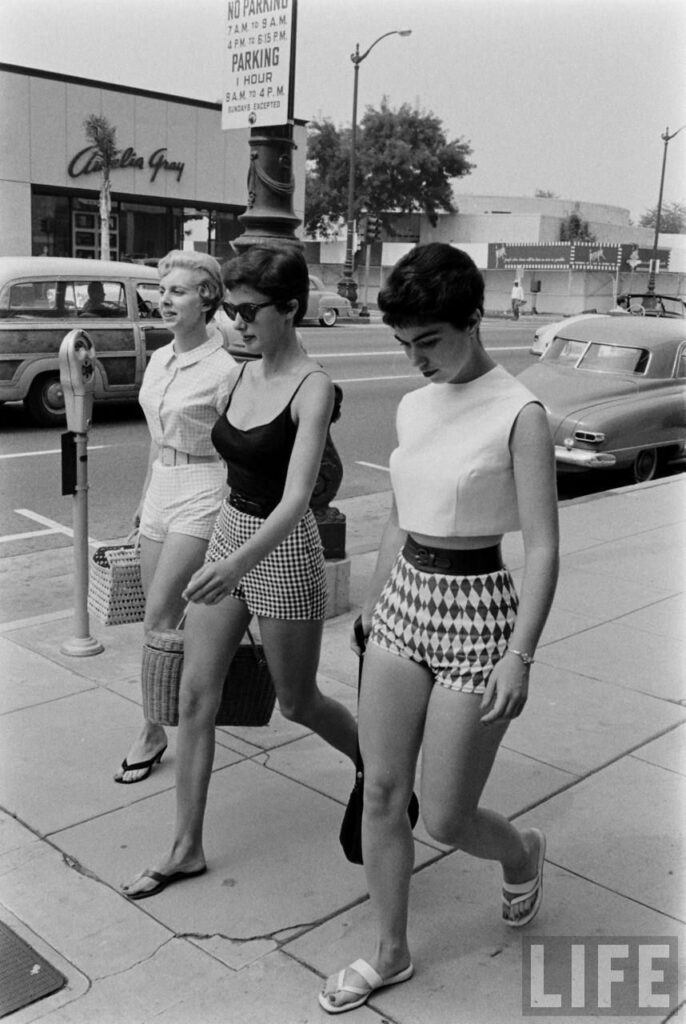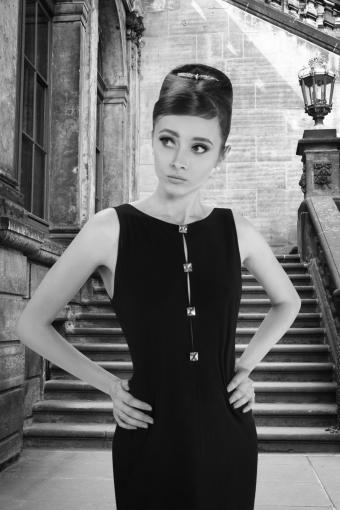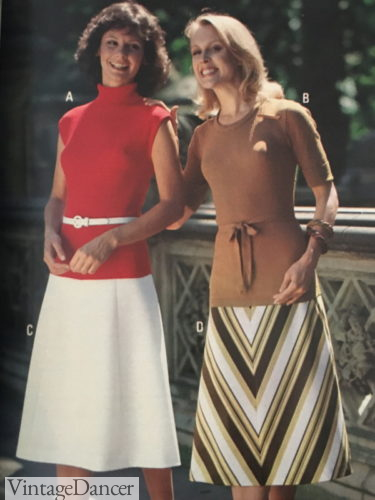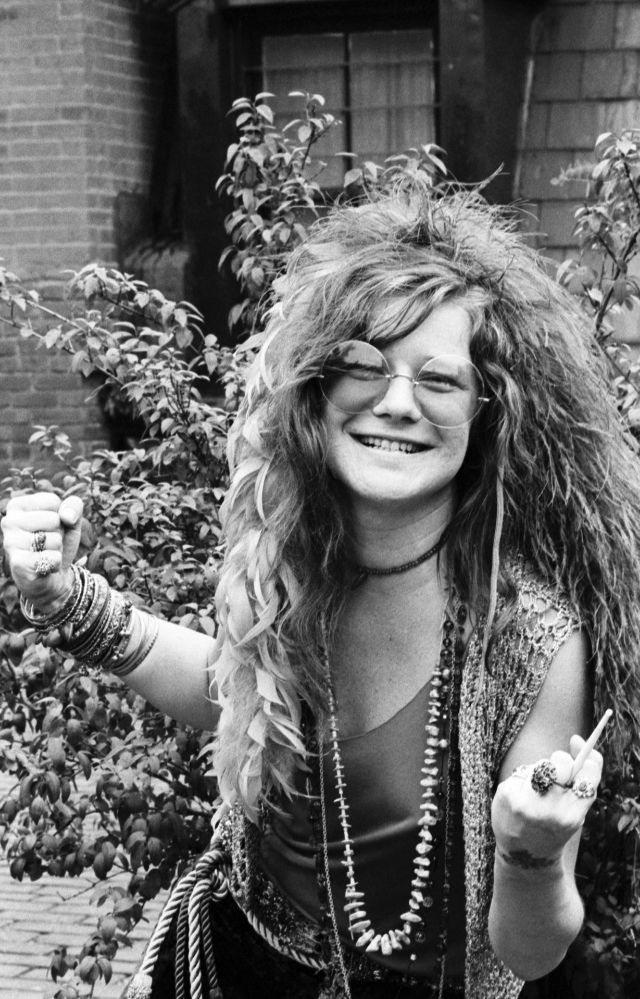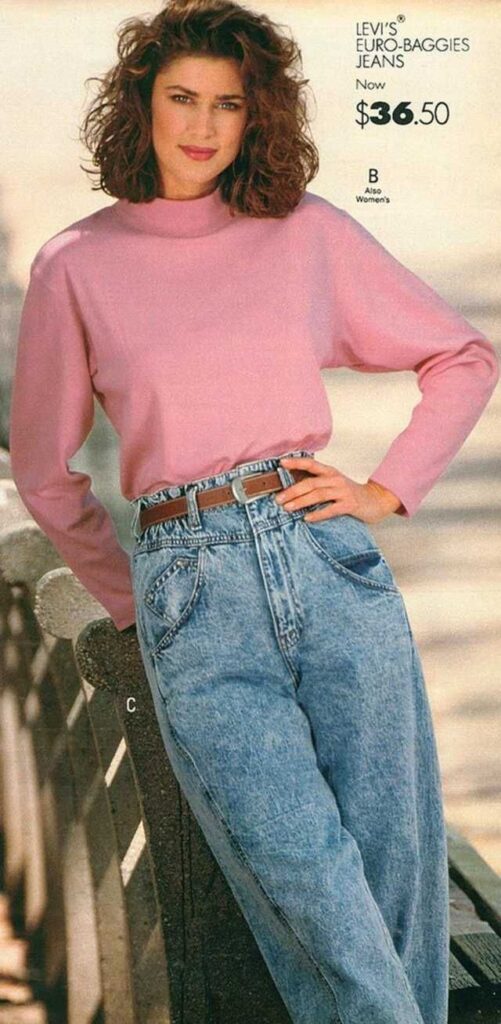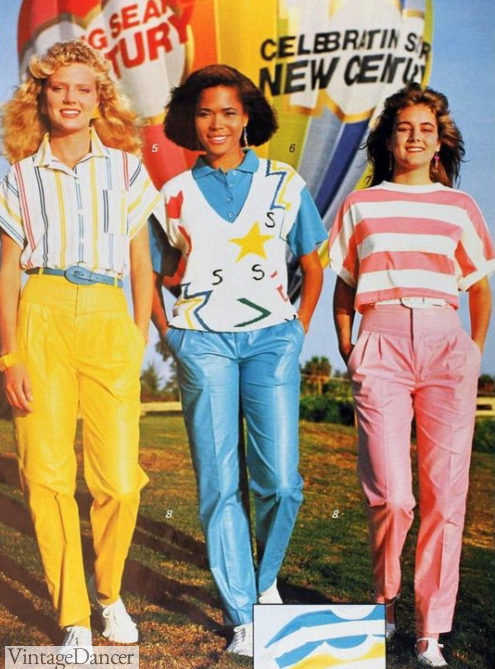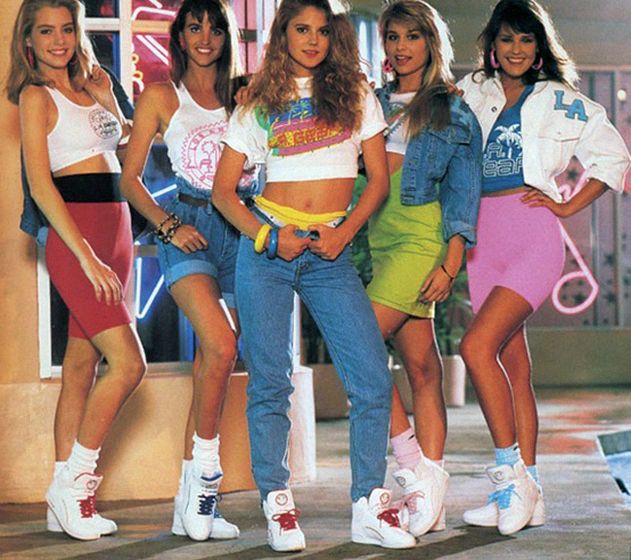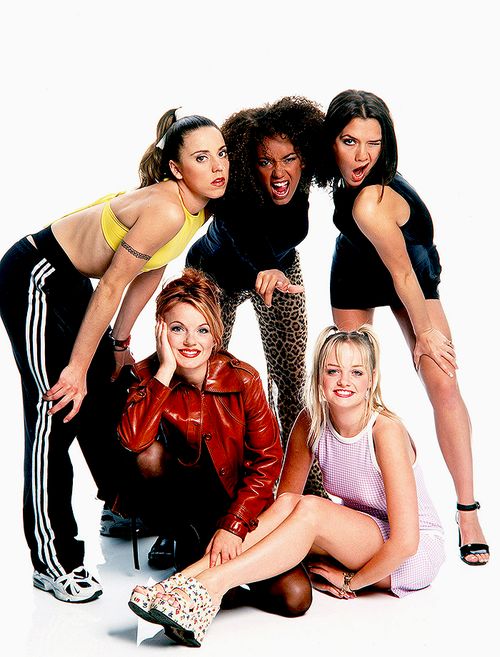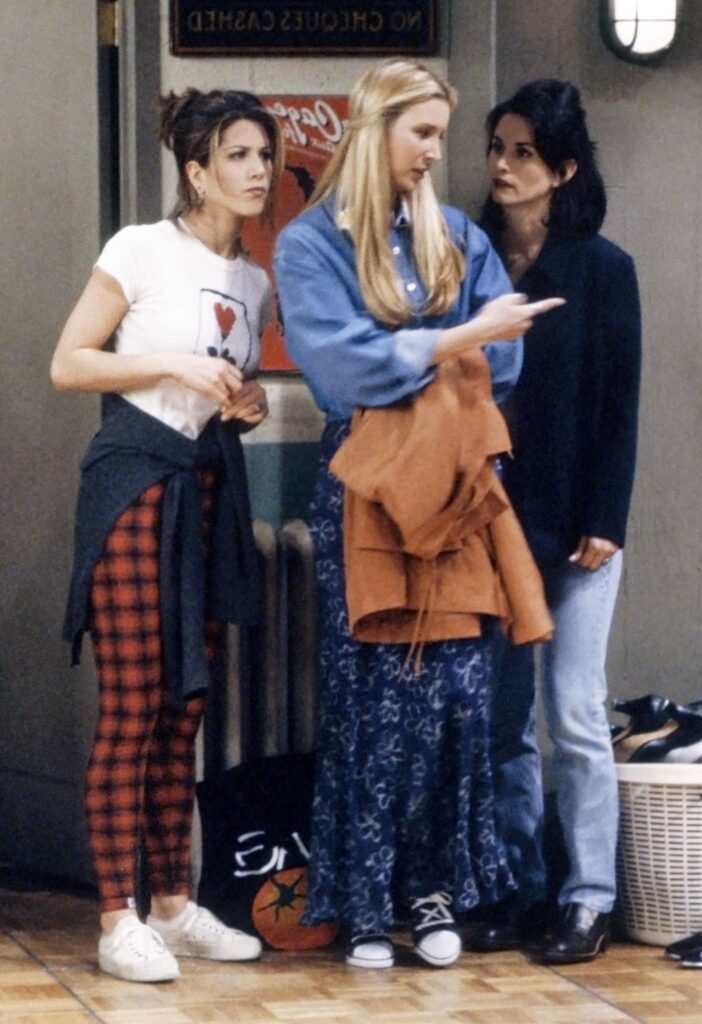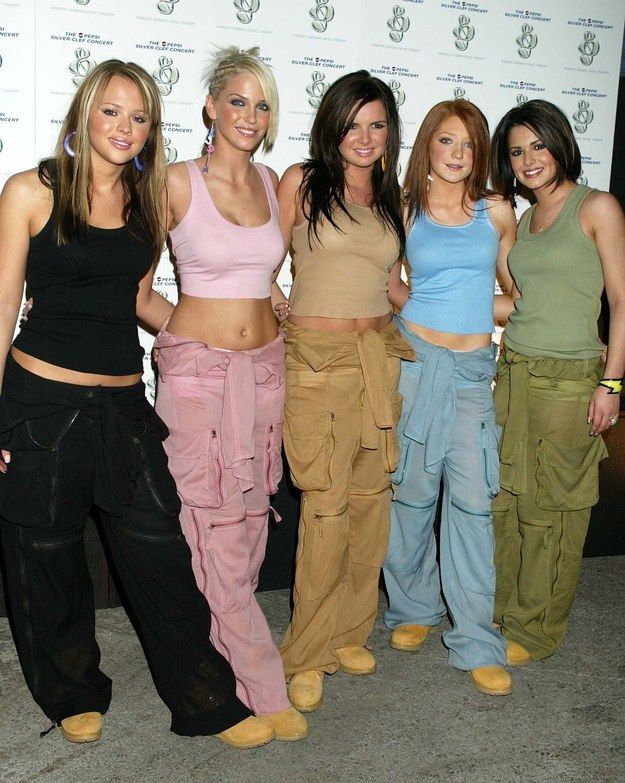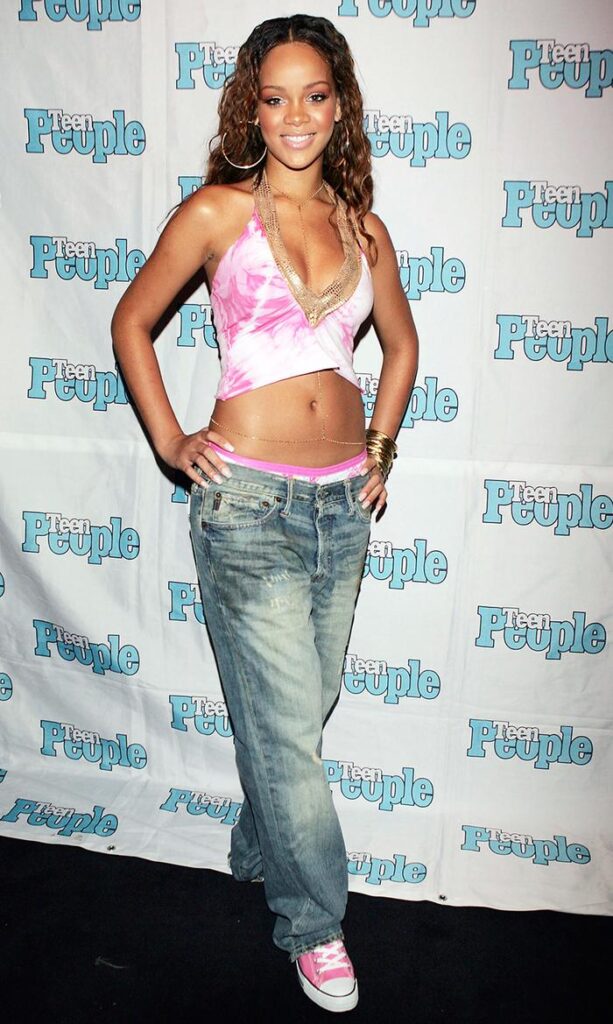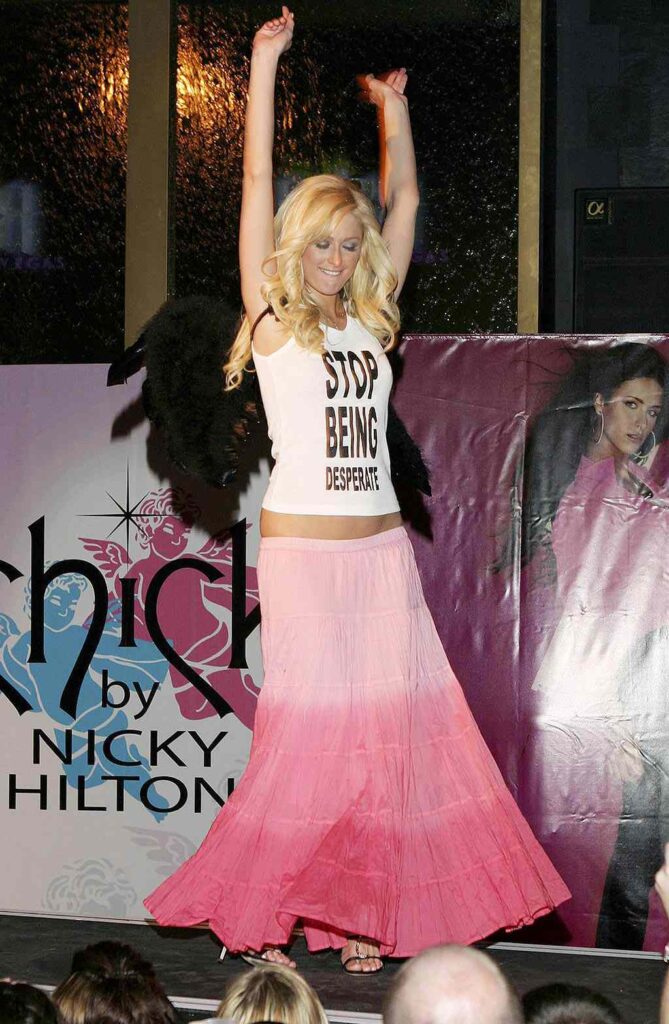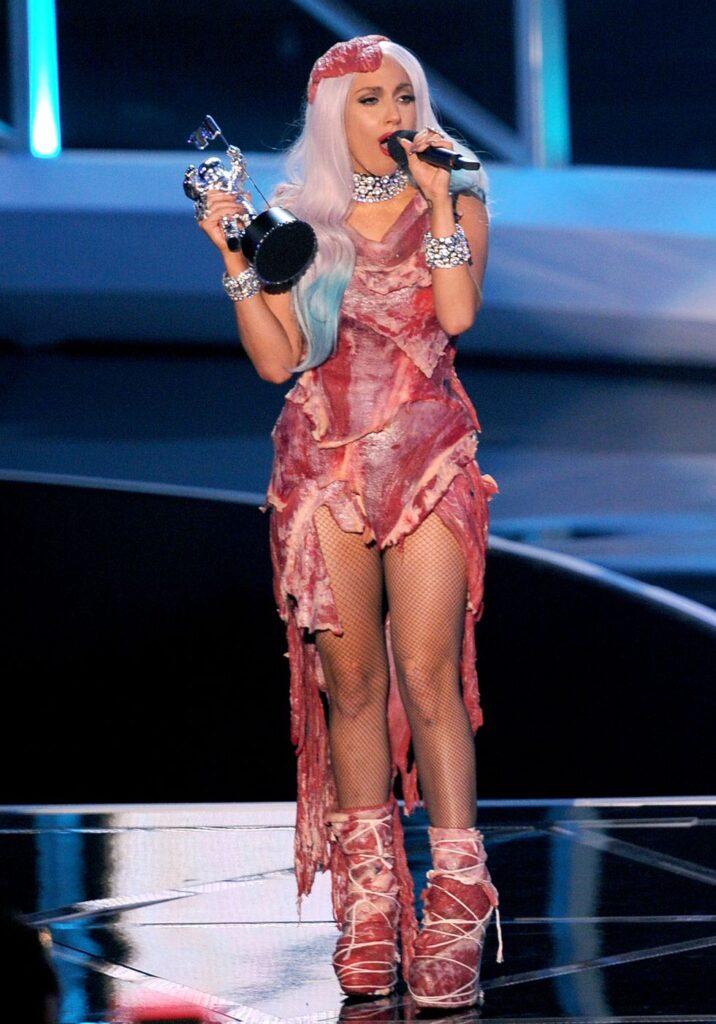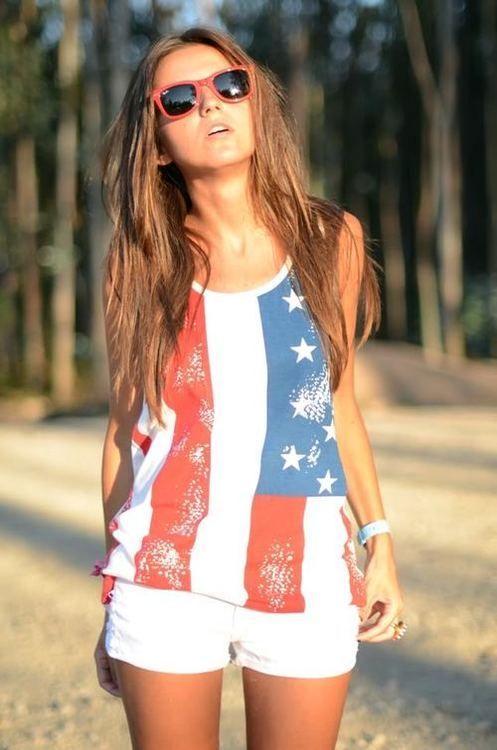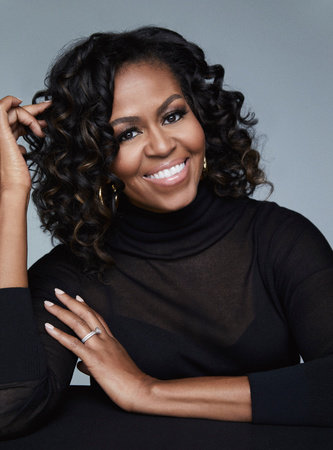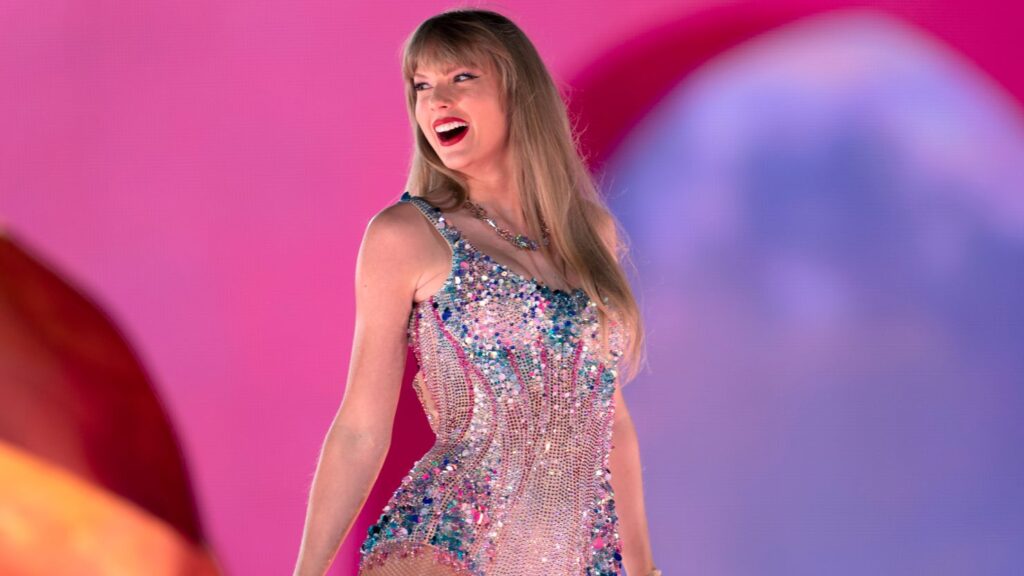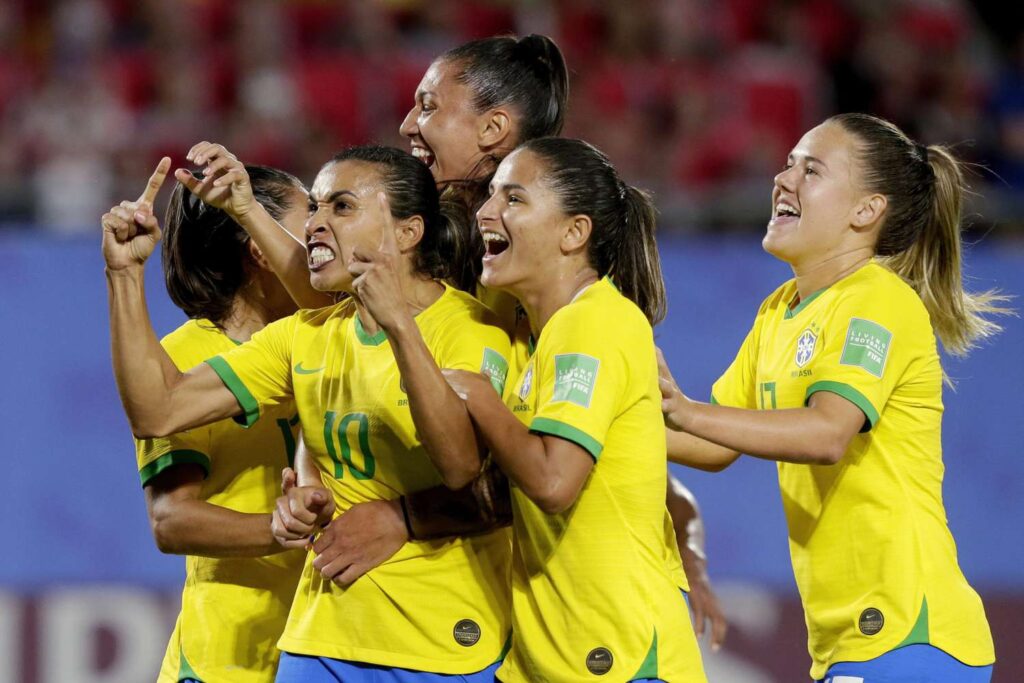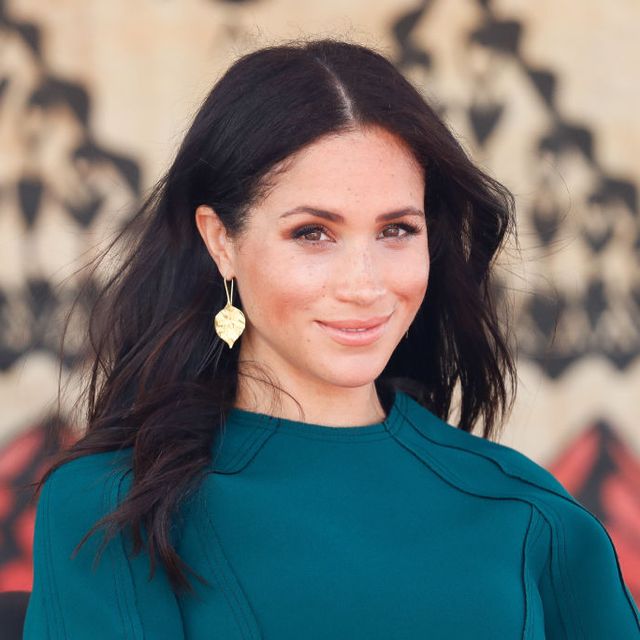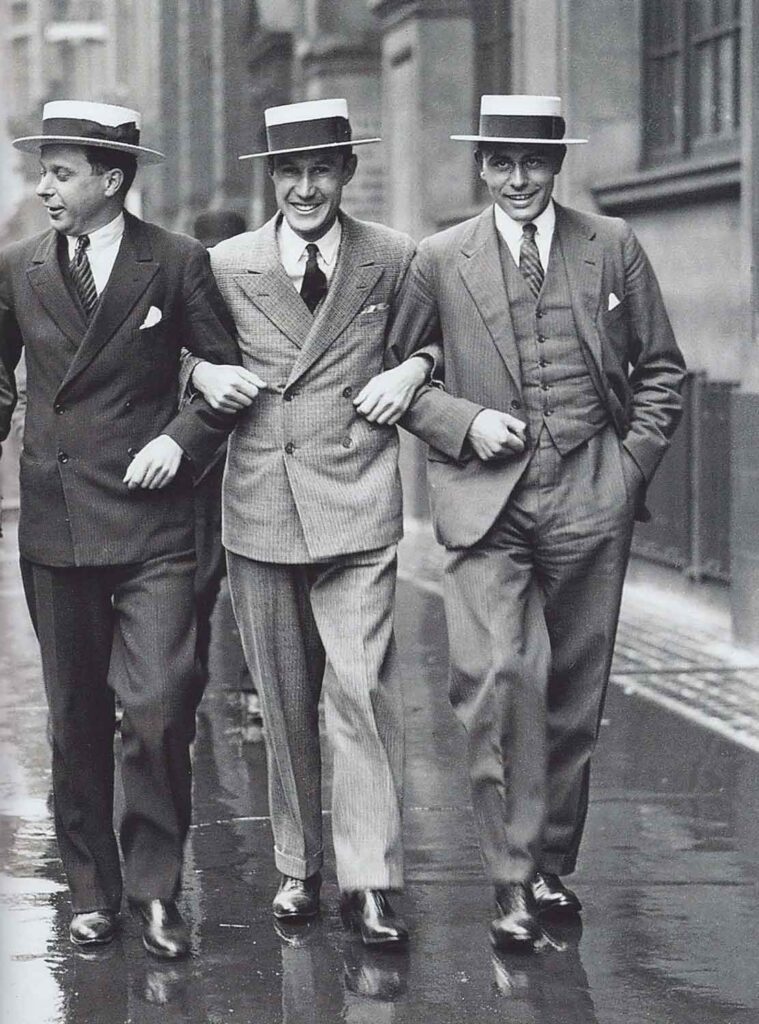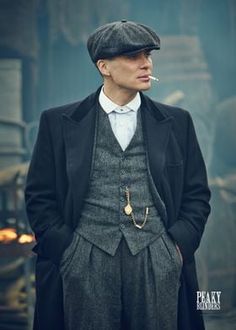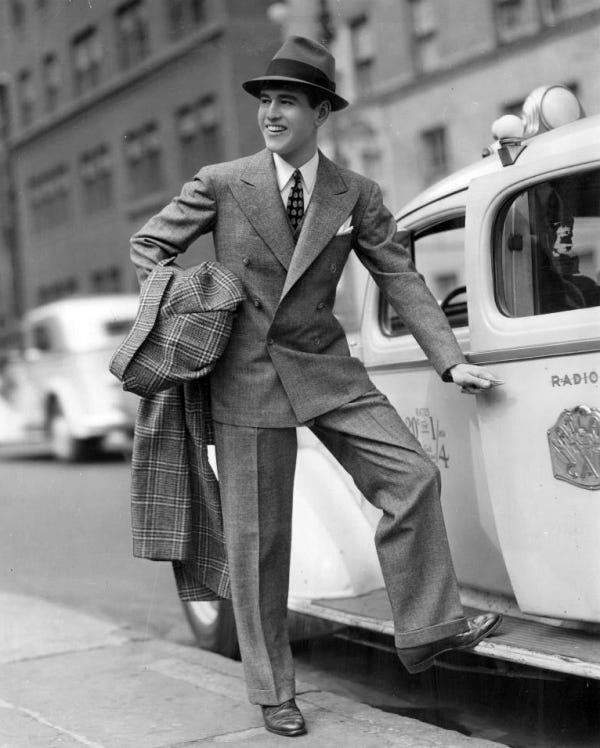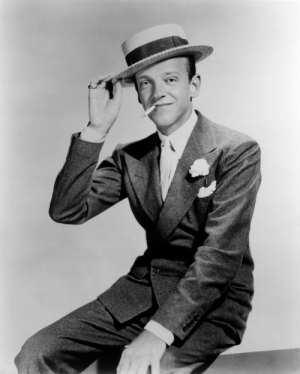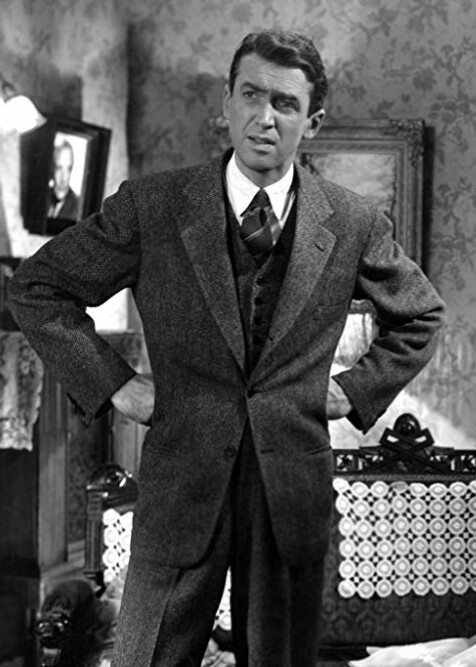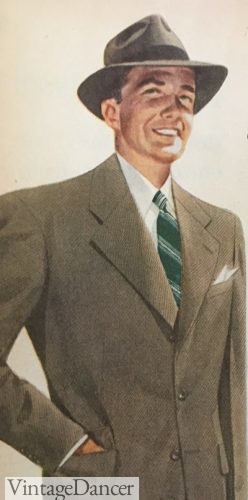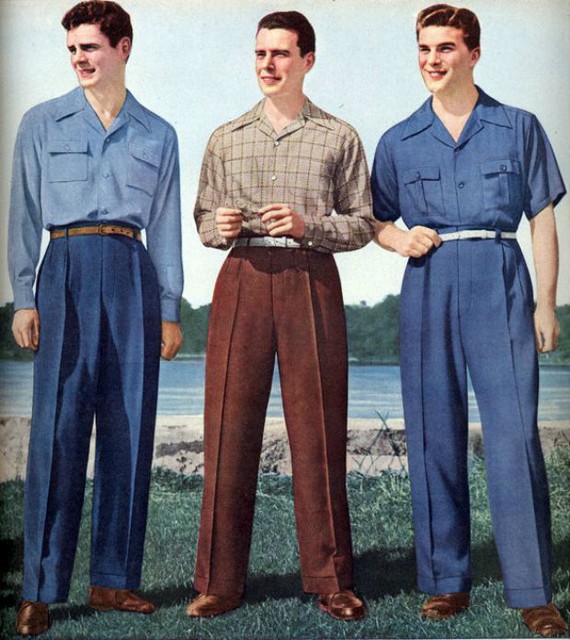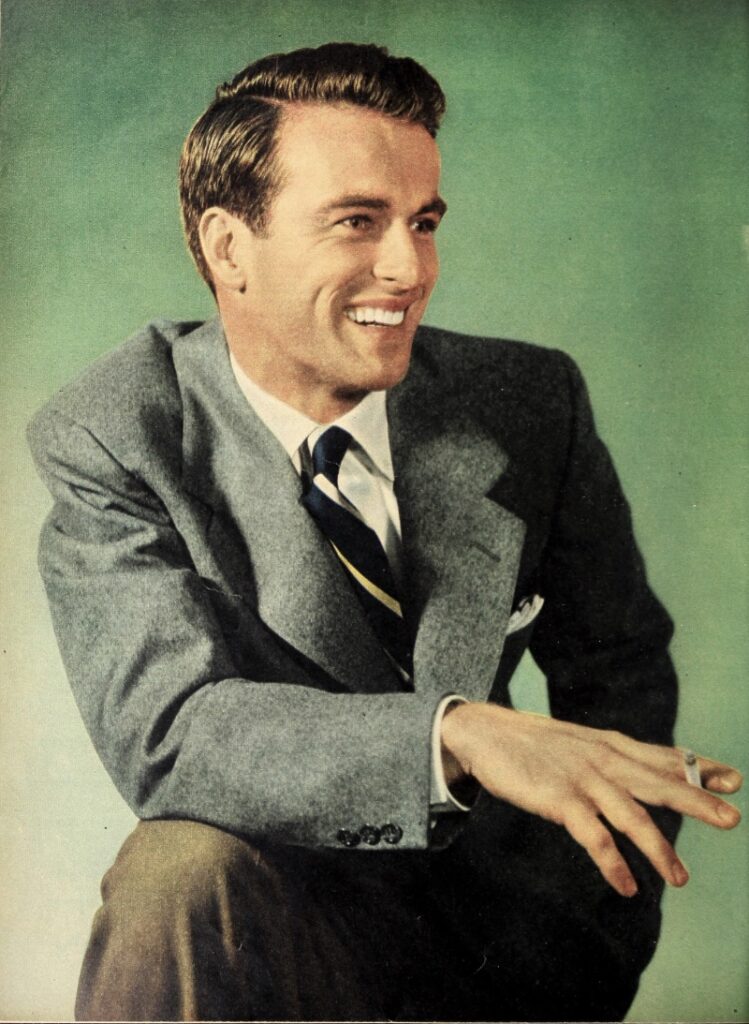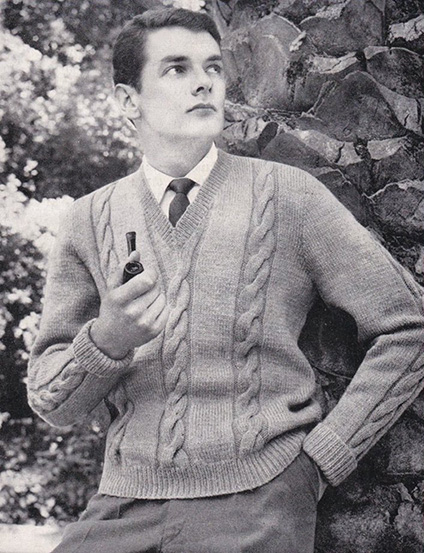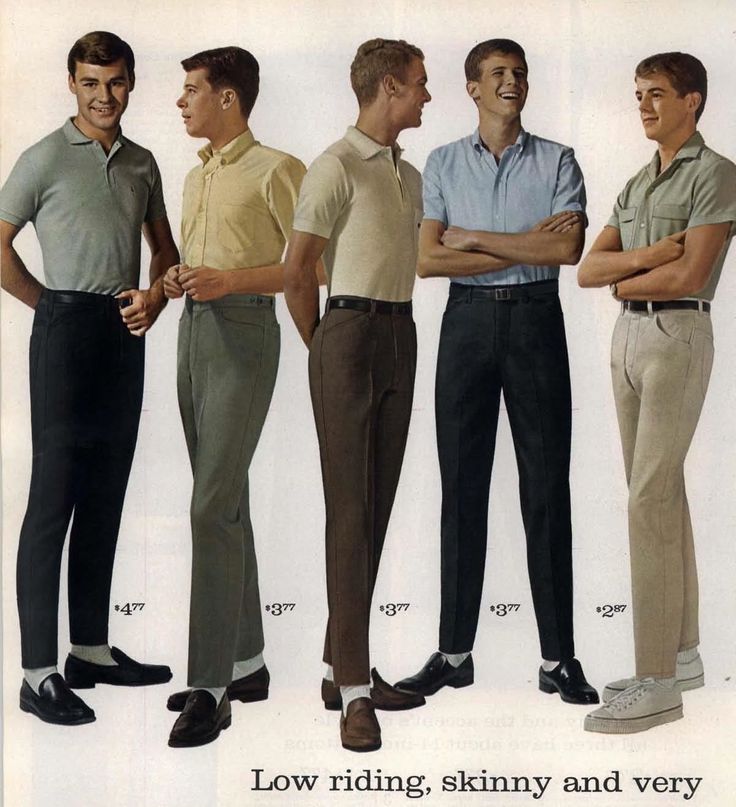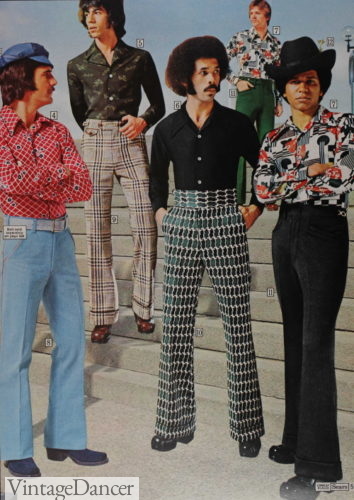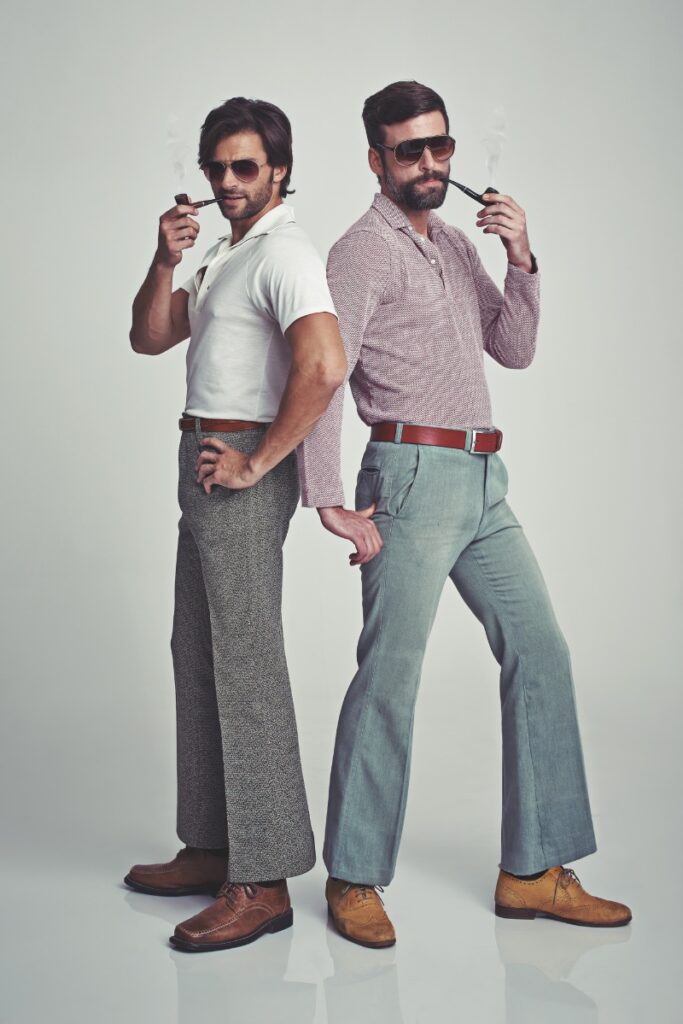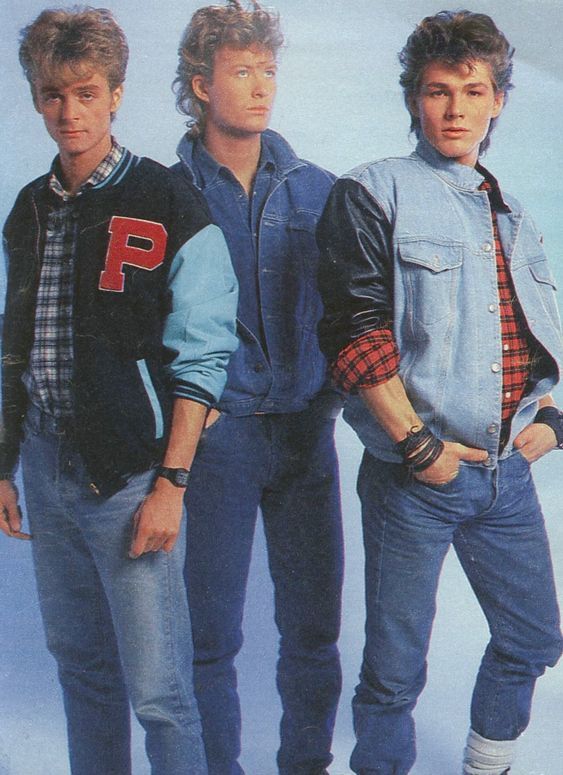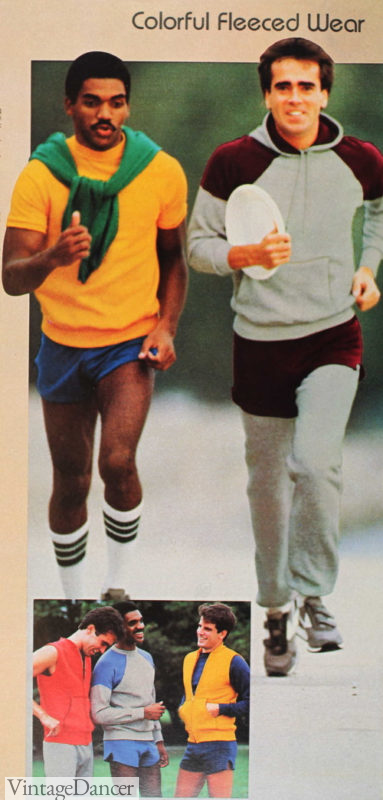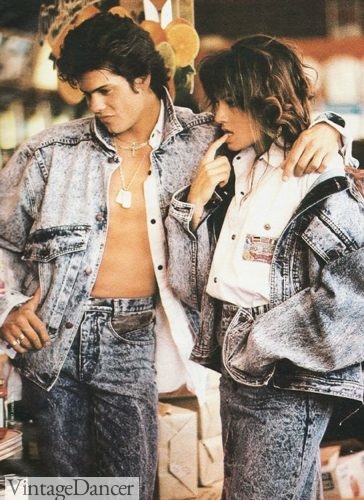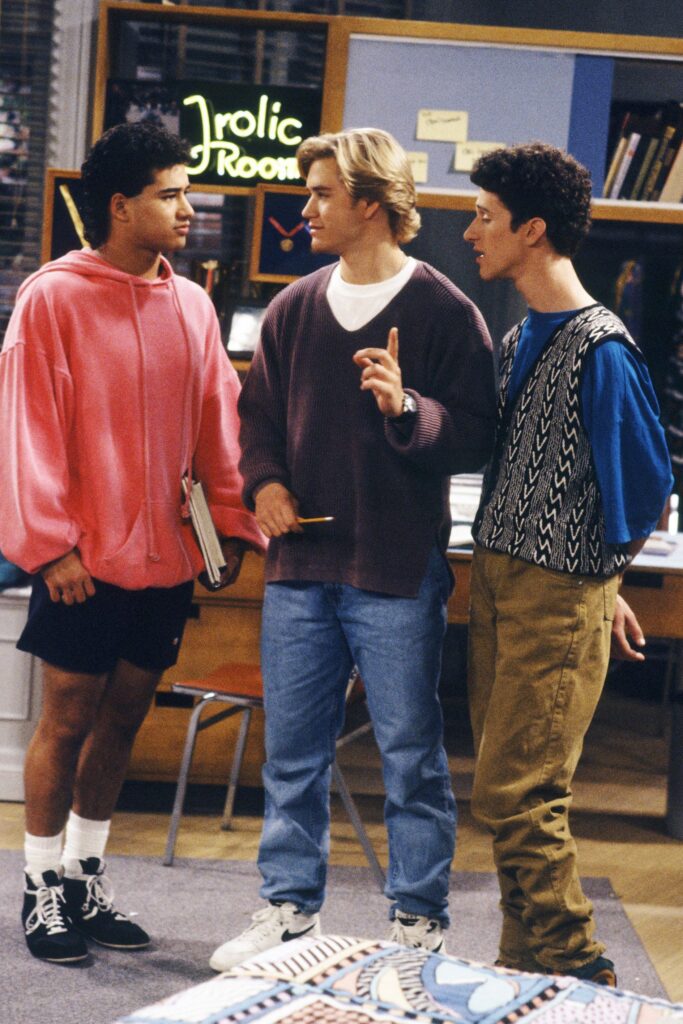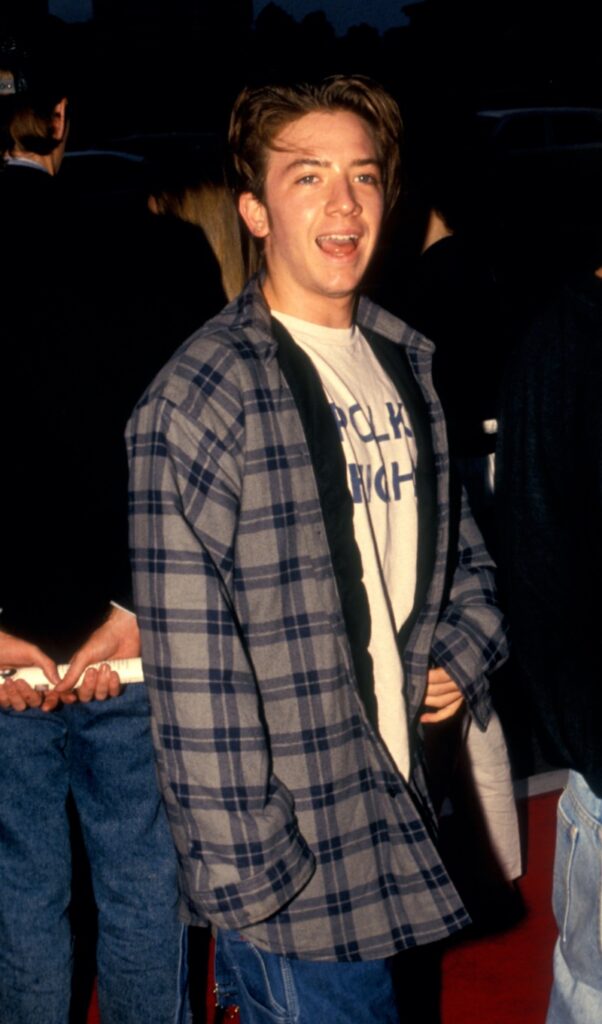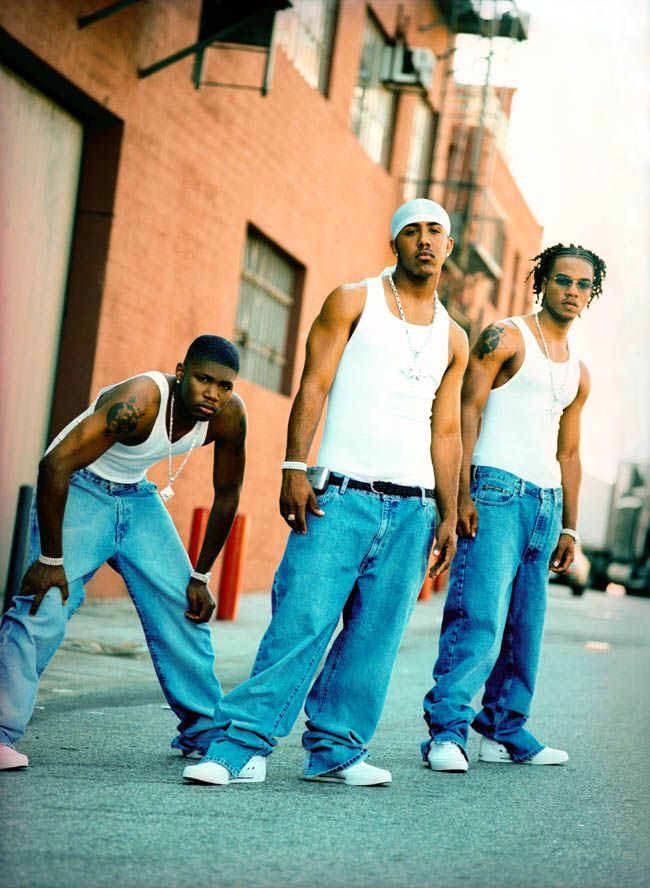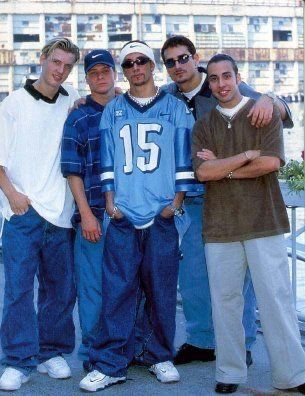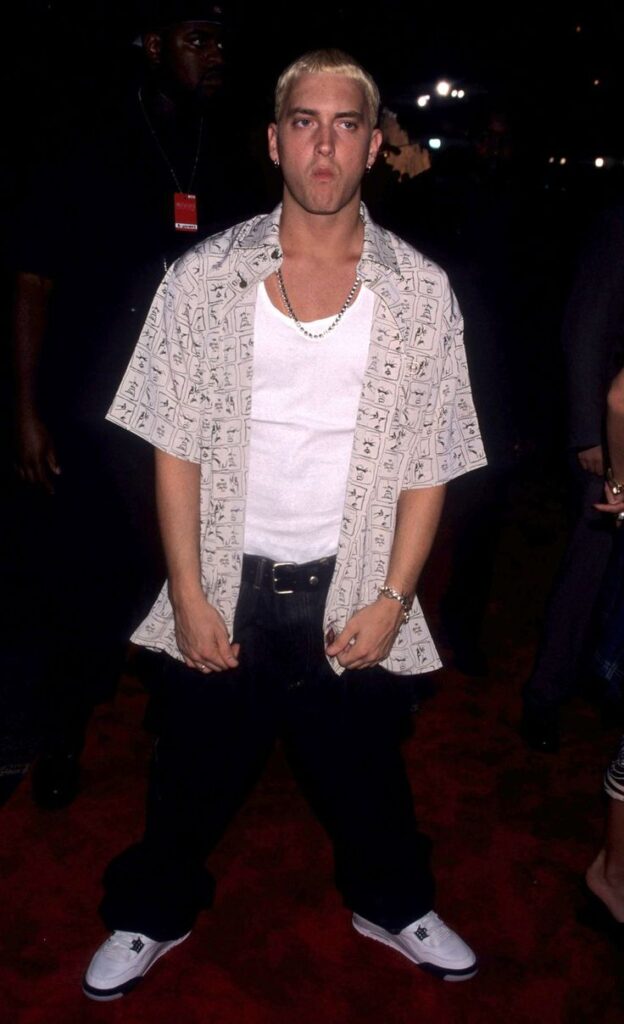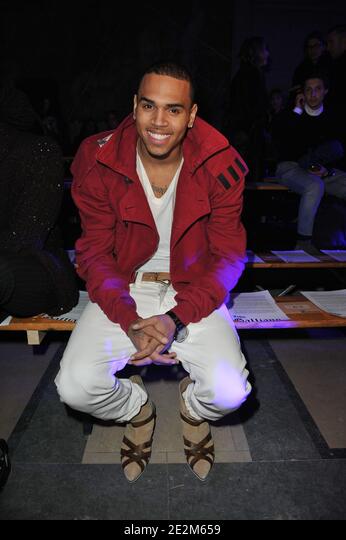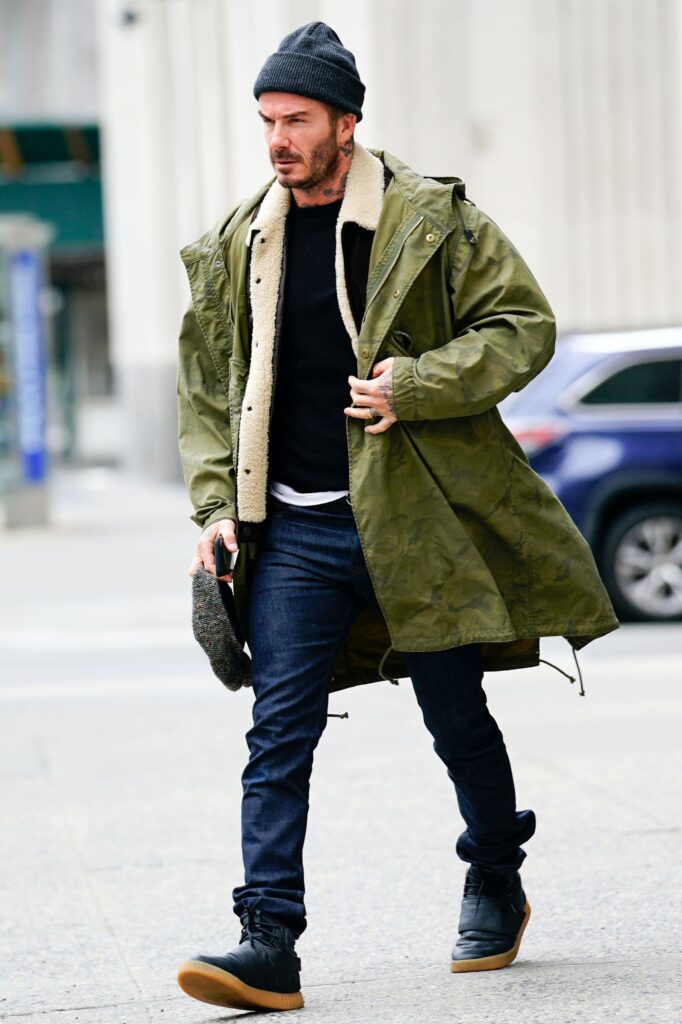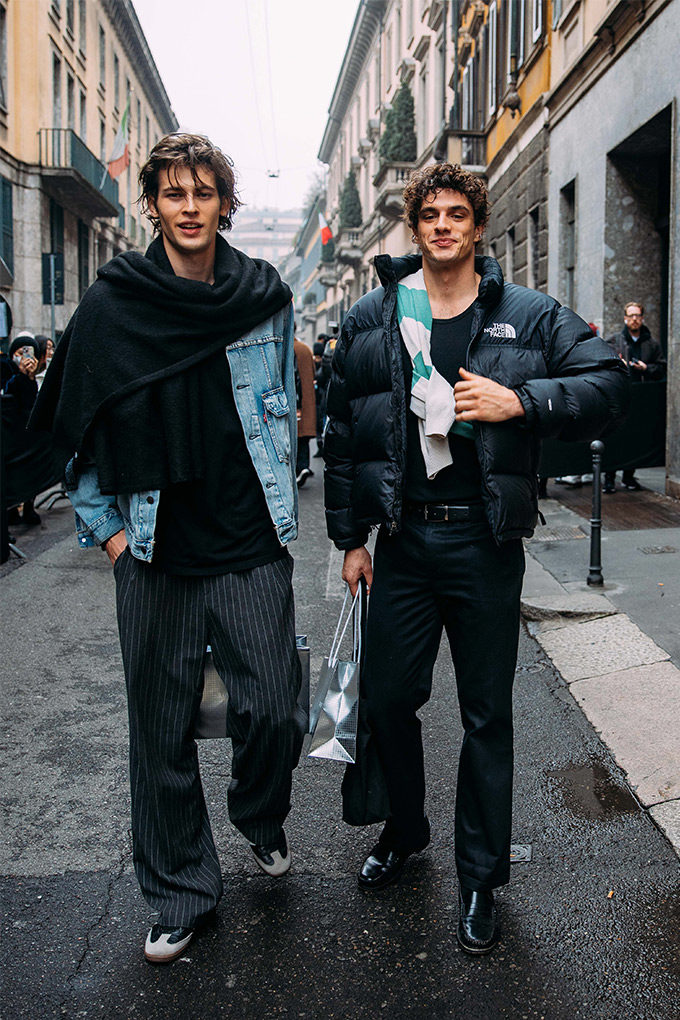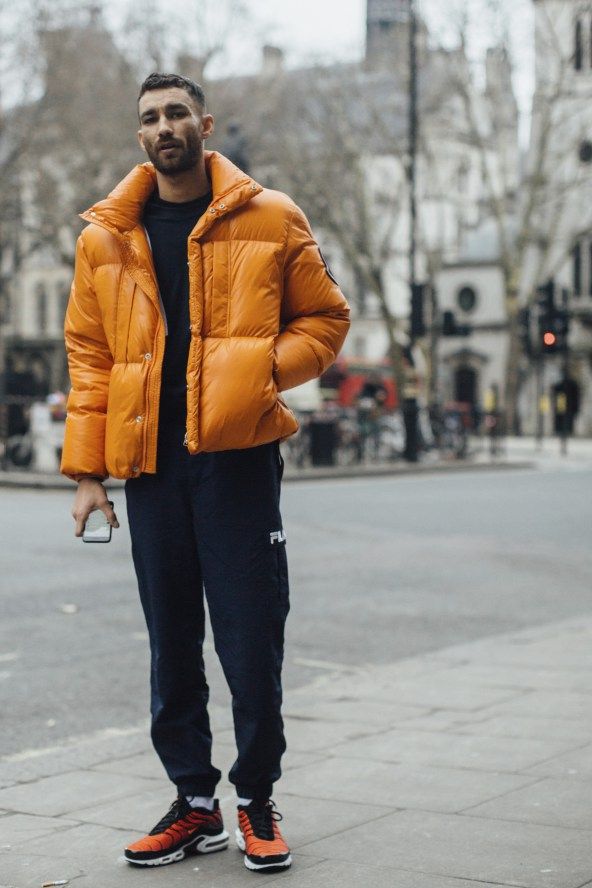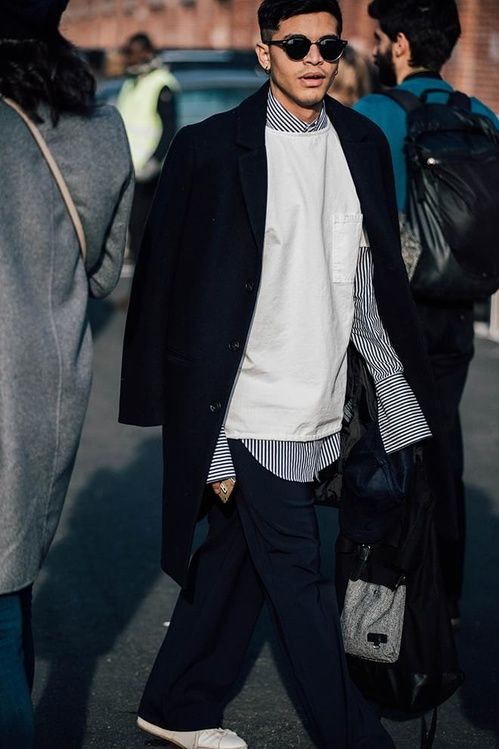Claude Cahun
Born: October 25, 1894, Nantes, France
Died: December 8, 1954, Saint Helier
Parents: Mary-Antoinette Courbebaisse
Period: Surrealism
Movies: Magic Mirror, Playing a Part: The Story of Claude Cahun
What pronouns did Claude Cahun use?
There are convincing arguments to be made for both she/her/hers and they/them/theirs; she/her/hers because that is what was used for Cahun when they were alive and used themself; they/them/theirs because of their oft-discussed detachment from being a woman or a man.
What happened to Claude Cahun?
In 1944, Cahun and Moore were arrested and sentenced to death, but the sentence was never carried out, as the island was liberated from German occupation in 1945. However, Cahun’s health never recovered from her treatment in jail, and she died in 1954. Cahun is buried in St Brelade’s Church with partner Moore.
Why is Claude Cahun important?
Claude Cahun was a surrealist, photographer, sculptor, and activist. She is best known for her gender-fluidity in art, and her anti-Nazi resistance. Claude Cahun is not the most well-known name among surrealist artists. This is remarkable because her non-binary perspective gives an original take on surrealism.
Claude Cahun, born Lucy Schwob was a French photographer, sculptor, and writer. She is best known for her self-portraits in which she assumes a variety of personas, including dandy, weight lifter, aviator, and doll.
In this image, Cahun has shaved her head and is dressed in men’s clothing. She once explained: “Under this mask, another mask; I will never finish removing all these faces.”1 (Claude Cahun, Disavowals, London 2007, p.183)
Evaluation
Claude Cahun was an inspirational photographer, she paved the way for many other female photographers with her rebellious view on life, her not caring what other people say or think allowed for more people to do the same. Cahun is best known for her gender-fluidity with her art, breaking the barriers of normal standards, she was arrested and sentenced to death which was never carried out, this proved how much she genuinely did not care, and proved how no one could ever catch her. She broke out of social norms and didn’t let anyone control her and put her in a box. This was revolutionary, her photos caused so much emotion in people, whether is was anger or sheer confidence for them to break out of their own box
Cindy Sherman
For four decades, Cindy Sherman has probed the construction of identity, playing with the visual and cultural codes of art, celebrity, gender, and photography. Sherman was always interested in experimenting with different identities. As she has explained, “I wish I could treat every day as Halloween, and get dressed up and go out into the world as some eccentric character.”1 Shortly after moving to New York, she produced her Untitled Film Stills (1977–80), in which she put on guises and photographed herself in various settings with deliberately selected props to create scenes that resemble those from mid-20th-century B movies. Started when she was only 23, these images rely on female characters (and caricatures) such as the jaded seductress, the unhappy housewife, the jilted lover, and the vulnerable naif.
What is Cindy Sherman’s message?
In these series and throughout all of her work, Sherman subverts the visual shorthand we use to classify the world around us, drawing attention to the artificiality and ambiguity of these stereotypes and undermining their reliability for understanding a much more complicated reality.
What art movement was Cindy Sherman part of?
Cindy Sherman is a contemporary master of socially critical photography. She is a key figure of the “Pictures Generation,” a loose circle of American artists who came to artistic maturity and critical recognition during the early 1980s, a period notable for the rapid and widespread proliferation of mass media imagery.
What are some fun facts about Cindy Sherman?
She is a founding member of the Guerilla Girls, an all-female activist group that works to promote gender and racial equality in the art world. In 2011, Sherman’s photograph “Untitled #96” sold for $3.89 million at a Christie’s auction, making it the most expensive photograph ever sold by a living artist at the time.
Evaluation
Cindy Sherman took photographs of ‘gender normals’, she didn’t let peoples talk shut her down and she continued to dramatize the ideas that people had about women, showing the sheer stupidity of these ideas. Many people thought she was just a dramatic woman but she made many other women proud and continues to do so, she is a master of socially critical photography, within a period of mass media, when all eyes would have been on her she still had the confidence to portray what she thinks which allowed many other women to relate to her. She did not want women to be undermined anymore.
Comparison
Claude Cahun and Cindy Sherman’s photography relates in many ways, Cindy Sherman paved the way for Claude Cahun, they both broke out of the box and wouldn’t allow anyone to undermine them anymore, they were both extremely rebellious with their photography and didn’t let anyone or anything in the world shut them down from doing what they need to do. Cindy Sherman’s photography mainly focuses on the stereotypes of women and how idiotic they are whereas Claude Cahuns photography based on making woman not look ‘feminine’ anymore, showing how feminity isn’t just defined by a bit of makeup, hair and a dress, but it is instead a place of being, a mindset rather than something you are born into. I have chose these two inspiration photographers as my artist evaluation and reference due to their impact on the world of women and feminity.
